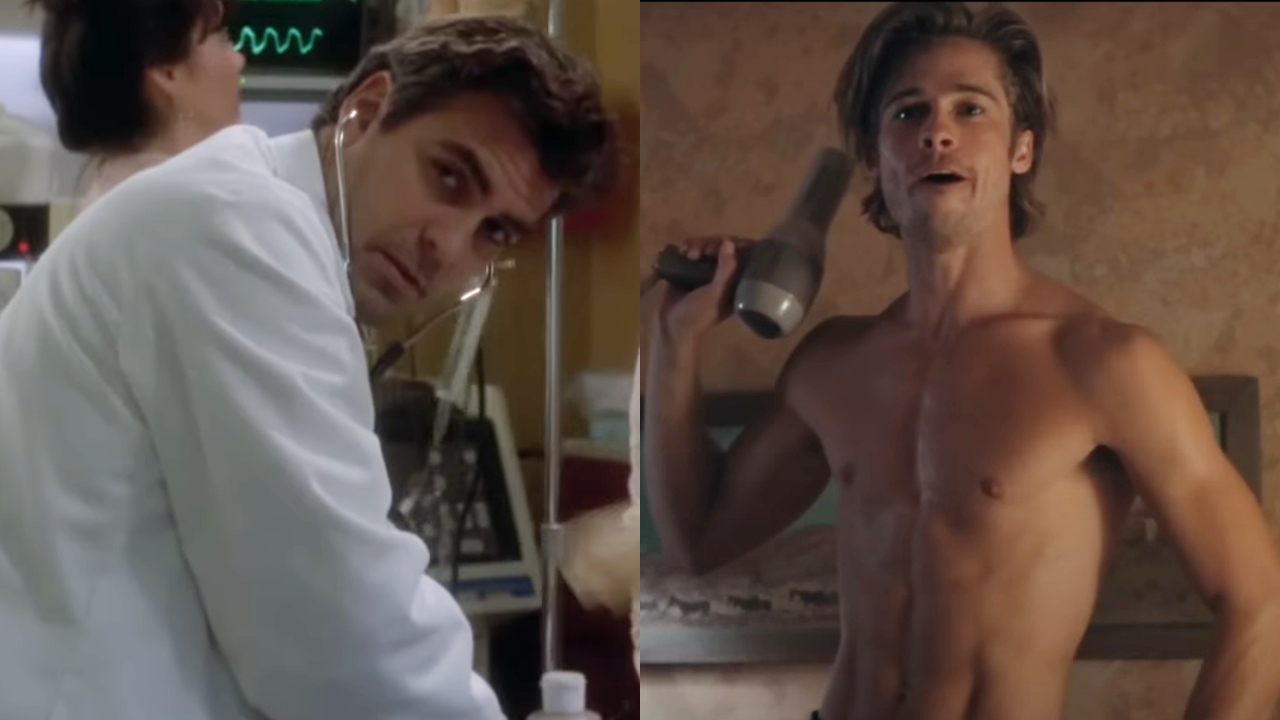There And Back Again: A Journey To Mount Doom And The Hobbiton Movie Set

It was a strange thing to wake-up and immediately be thankful not to have a hangover, but the truth is that I had done my part to earn one the night before. One of my best friends and colleagues, Silas Lesnick of ComingSoon.net, and I were staying at the National Park Backpackers hostel in the Tongario National Park and upon meeting a few fellow travelers at a bar we found ourselves consuming pitcher after pitcher of beer. In retrospect it was a rather bad idea considering our morning activities included a long journey to destroy the One Ring.
We were two days removed from our time on the set of The Hobbit, but we had only just begun our adventure into Middle Earth. With the set visit over and most of the other journalists on a plane back to the states, Silas and I had rented a car – despite both of us being terrified at the prospect of driving on the left side of the road – and taken the four hour trip from Wellington up to Mount Ngauruhoe in the middle of the northern island of New Zealand. We had a very specific mission to accomplish, and only the active volcano that Peter Jackson used as the model for Mount Doom in the Lord of the Rings trilogy would do.
As we began to pack up our things and get ready to leave our lodgings, I watched as Silas took his ring, which sat on a silver chain, and put it around his neck. Prior to leaving Los Angeles he had told me the story of how the piece of jewelry – which actually originated as part of a bookmark – was given to him by an ex-girlfriend years before. With a flight to New Zealand planned, it was decided that it was time to let go – in the most epic way imaginable, of course.
As we jumped in the car and made our way closer and closer to the start of the trail that would bring us to Mount Doom, it was impossible not to take in the splendor that was the New Zealand country. In the distance Ngauruhoe stretched up to the sky, its snowy peak piercing the clouds, accentuating its volcanic qualities as the clouds looked like steam rising from the top. There was an extreme sense of calm as the environment enveloped us, and while it was strange enough to be on such a tiny island in the middle of the Pacific Ocean, far away from home and everything else, it was during the drive that I began to feel an amazing sensation of separation and solitude, only broken up and spoiled by spotting the occasional car or hiker.
It didn’t take long for us to realize our first mistake and prove that we were anything but professional hikers. A stop at a restaurant in an empty, small local ski resort had given us some energy to pump up for the trip, but still the two water bottles I was carrying in my backpack – which I was carrying specifically for the hike – remained bone dry. While back at the hostel I had suggested the idea of filling the canteens before our adventure, but Silas insisted that it wasn’t necessary, saying that there would likely be a water source at the head of the trail we were walking. In retrospect I wish I had remembered the idiom “a bird in the hand is worth two in the bush” at the time, but I didn’t question the logic. I’ll say this now: if you ever plan on climbing Mount Doom, for the love of god bring some water.
Without a drop to drink we finally arrived at the start of the trail that would take us to our destination. The cold pre-winter air blew past us as we stepped towards the map display that would tell us exactly where we needed to go. As we had expected, the trip wasn’t going to be us scaling Ngauruhoe like Edmund Hillary and Tenzing Norgay – we had done our research and discovered that trail is very much for experts only – so instead we settled for the trail that would take us as close to and as high up the volcano as we could possibly get. On the map this seemed to be an easy task, with the trail leading along what was called the Mangatepopo valley track, a fairly level area – before starting our ascent and heading towards an area called the South Crater, the place on the trail that led closest to the 7,516 foot precipice. It was an excursion that would reportedly take us two and a half hours and I shot Silas a “told you so” expression as we looked around to find that the trail opening failed to provide a spigot we could use to fill our canisters. But we never looked back.
As stunning as the drive up had been, it couldn’t hold a candle to the trail. Despite the dropping temperatures and the snow that began to fall, I couldn’t help but make frequent stops to take out my camera and document our epic environment. The air was filled with the sound of the stream babbling along the path, and after getting far enough away from the car park we were ringed by some of the most stunning sightlines I had ever seen. A feeling of joyful insignificance took me over as I realized that even though the valley stretched for miles it felt like a patch of grass in the shadow of the great stone monuments that surrounded us. In some areas water would cascade down the rocks and while most of the paths were cleared for safe travel there was something even more magical about the areas where we would have to carefully climb over wet rock to continue our quest.
Your Daily Blend of Entertainment News
It was at the four kilometer mark – or approximately two and a half miles – where Silas and I finally began to understand the plight of Frodo and Sam. It was at the base of Ngauruhoe where we saw the warning sign:
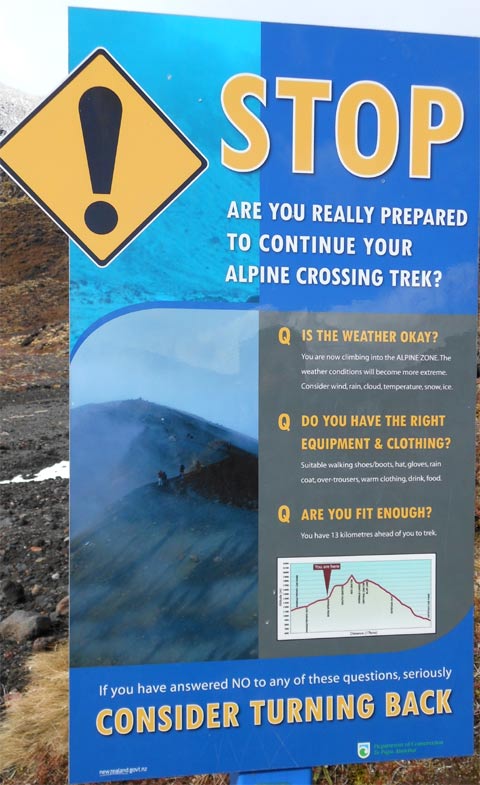
Was the weather okay? Well, the wind was getting stronger and the temperature was dropping. Did we have the right equipment and clothing? Both of us were only wearing sweatshirts and jackets with no hats, gloves, or, as previously mentioned, water. Were we fit enough? Let’s put it this way – both of us make a living working on the internet. But if a pair of Hobbits were willing to walk into the fiery pits of Mordor to dispose of their ring we certainly weren’t going to let anything stop our journey either.
But it didn’t take very long to understand why the warning was there. Past the sign began an immediate increase in elevation, as we moved from what was a gradual rising pitch to a steep incline. We were no longer on a simple dirt path but instead were taking staircase after staircase as we began to slowly climb the actual Mount Ngauruhoe. The ground turned from sedimentary rock filled with plant life to fields of snow-covered igneous stone that remained after previous volcanic eruptions. We knew we only had about a kilometer left to go and despite our growing exhaustion and recognition that we would have to walk back as well, we refused to give up on our adventure.
Silas and I were exhausted, cold, and devastatingly thirsty when we finally reached the destination we had been hunting for. The trail was turning away from the mountain and it was time to finally let the ring go…but not without some debate first. While I felt that he should throw the precious towards the top of the volcano, getting it as close as possible to the mouth and therefore closer to the lava where it would be destroyed, Silas argued that it should be thrown downwards, as though he were at the very top and throwing it into the pit. Fortunately things didn’t get heated enough to where we were tackling each other and fighting for the ring as they did in the story, and eventually I conceded because it was his emotional moment. Removing the piece of circular gold from his neck, he held it in his palm, cocked his arm back, and launched it into the air. He turned to me with a wide smile, our goal finally accomplished. The One Ring was gone forever.
The walk back down, while still surprisingly tiring, was fairly uneventful, as we simply got to enjoy the beauty of the park in reverse, but there was a twist ending that had us both slapping our foreheads. It had turned out that while there was no water available at the head of the trail, 30 minutes into the park was a cabin where amenities were provided for hikers – including a working faucet with fresh water. As we filled our water bottles with multiple times with cool liquid refreshment we agreed that it was for the best. After all, our journey had been completely devoid of giant spiders, orc armies and the Eye of Sauron. It was only fair that we experience some level of struggle, as to authenticate the experience.
At the end of the day the deed was done, the ring was gone, and there was nothing left to do but to head to The Shire. Literally.
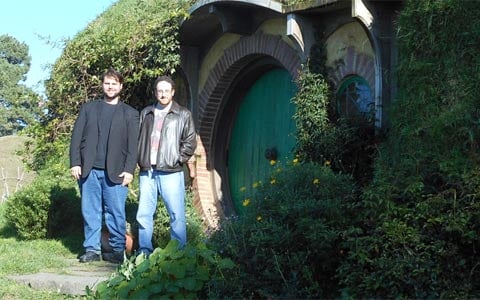
Yes, it turned out that our nerdtastic adventure in the world of Middle Earth was far from complete. As we made our way back towards civilization and found access to a wireless network, Silas received an email from the Tourism Board of New Zealand – who had learned about our post-set visit trip – and discovered that we had been invited to a small area near Auckland called Matamata where the Hobbiton set from the Lord of the Rings trilogy and The Hobbit movies was still standing.
After a few more hours of perilous driving north (as far as we traveled we still couldn’t get fully used to being on the opposite side of the road) and a night’s stay at a local motel, we arrived at the Hobbiton Movie Set where we met with Russell Alexander, the owner of the farm that Peter Jackson had selected to use for the building of the famous Hobbit village.
The story of the establishment’s connection to the film trilogy dated back to 1999, when the Alexander Farm was a simple sheep and beef farm. Jackson discovered the land while location scouting the North Island of New Zealand and it took a total of three months to build the set. While the Hobbit homes were originally built to be temporary, when the director returned to the farm over a decade later wanting to use the set again, Mr. Alexander agreed, but only on the condition that the sets be reconstructed with permanent materials so that J.R.R. Tolkien fans, like Silas and myself, could travel across the world and actually step into and walk through the fictional world.
After Silas and I arrived at the location the incredibly friendly and welcoming staff invited us to The Shire’s Rest Café where we were treated to Second Breakfast (which consisted of very filling and delicious eggs, bacon, tomato, sausage, hash browns and toast) while we waited for Mr. Alexander to arrive. Soon enough we finally met and after we shared the story of our hike up Mount Doom and the destruction of Silas’ ring we headed out for the tour. And let me tell you that it was very much the real deal.
Unlike many movie sets I had visited in the past, where overall look had to be sacrificed in the name of having enough space to allow proper camera angles and such, everything about the Hobbiton Movie Set made us feel as though we had actually entered The Shire. The rolling hills were peppered with 45 Hobbit-holes, each of which were unique and stunningly detailed, with differently sized, shaped and colored doors, as well as various props and items carefully scattered about. At the center of the village rested a beautiful, shimmering blue pond, across from which was the recently-constructed Green Dragon Pub, which was still in the middle of construction during our tour. Every inch of the land felt like déjà vu, as we walked along the path that Gandalf’s cart rode along at the beginning of The Fellowship of the Ring, and we looked up at the great tree above Bag End (which was actually fake and constructed out of steel and silicon with wired-on leaves).
And then we arrived at the most famous Hobbit-hole of them all: Bag End, the home of Bilbo Baggins. Though I have seen the Lord of the Rings movies many times before and knew the round green door with a knob in the middle, it was a whole other thing to actually be standing right in front of it. As a special treat, Mr. Alexander even let us go inside, and while it wasn’t actually furnished (for reasons that should be pretty obvious), I can’t even begin to tell you how surreal it was to actually step into the home of one of the most famous literary characters of all time.
It was a truly hard thing to leave behind. In the span of a week I had the chance to spend two days on the set of The Hobbit; speak with legends like Peter Jackson and Ian McKellen; visit Weta Digital and Weta Workshop; climb Mount Doom; destroy the One Ring; travel to Hobbiton and enter Bag End. It was the ultimate journey of pure geekery. Now if only I could find a way to travel to a long time ago in a galaxy far, far away…
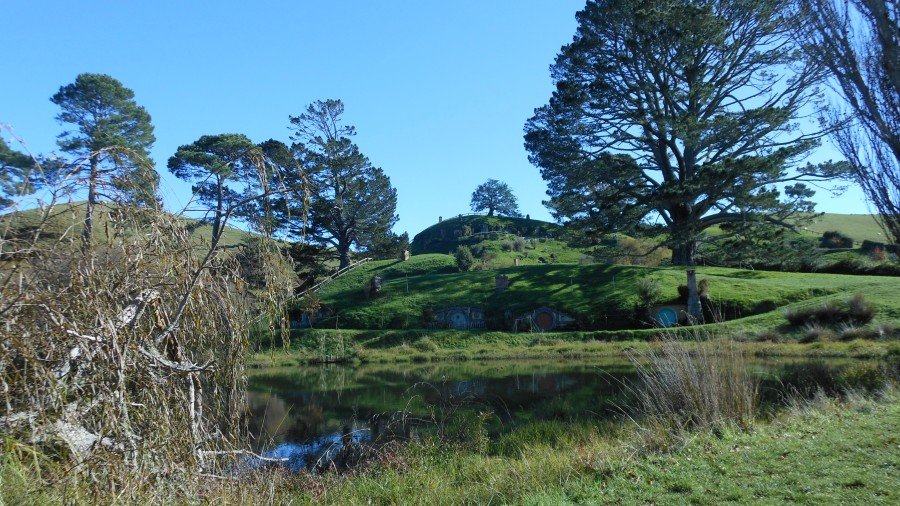
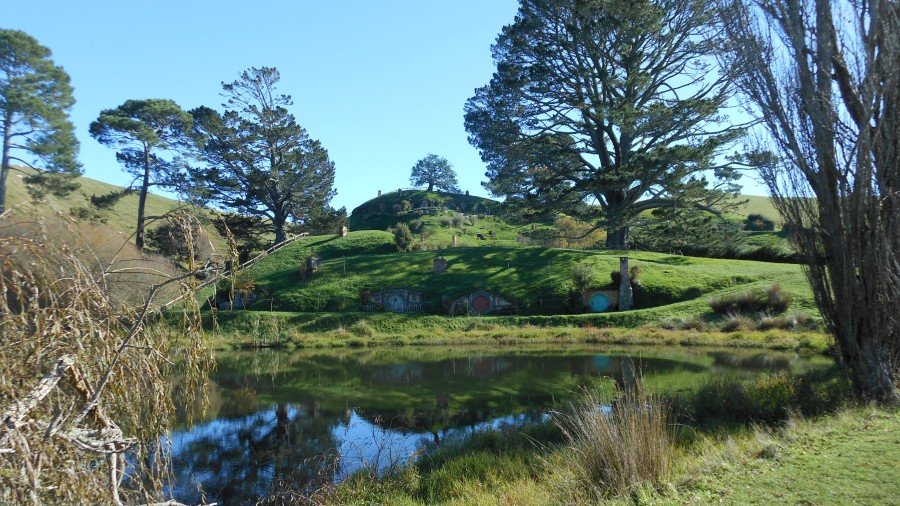

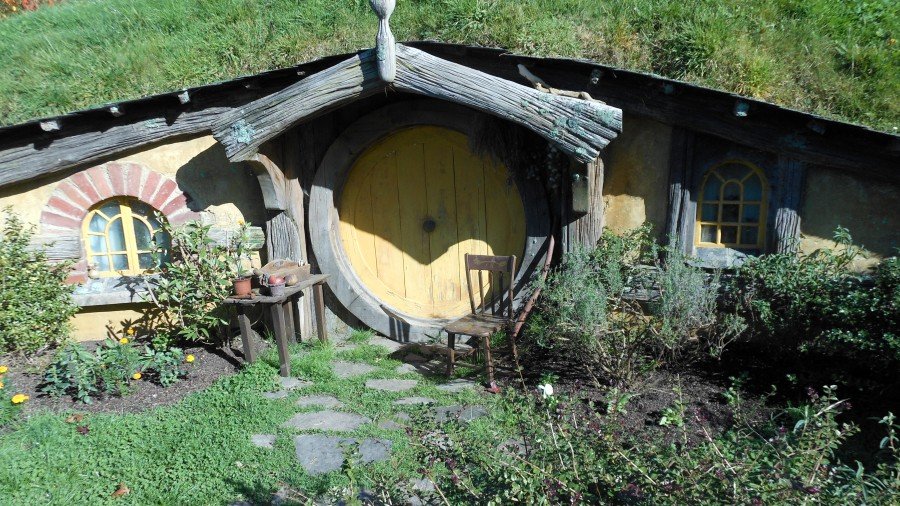
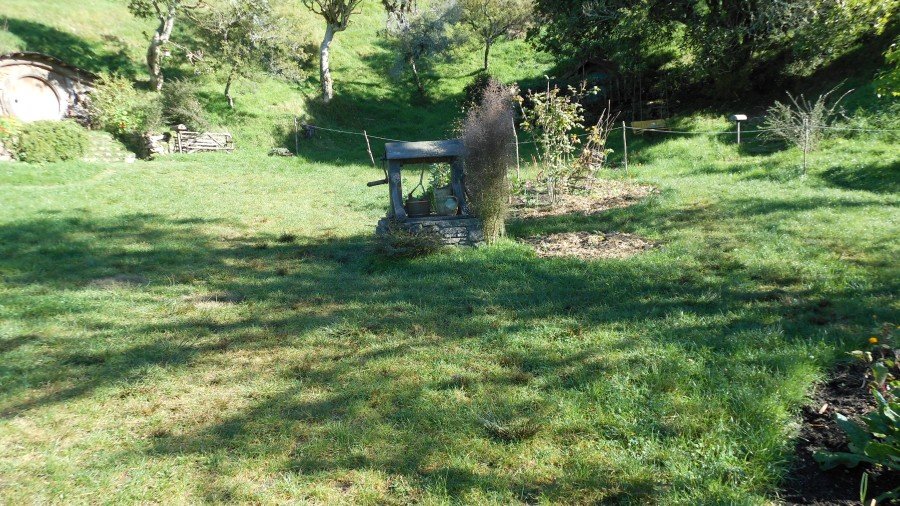
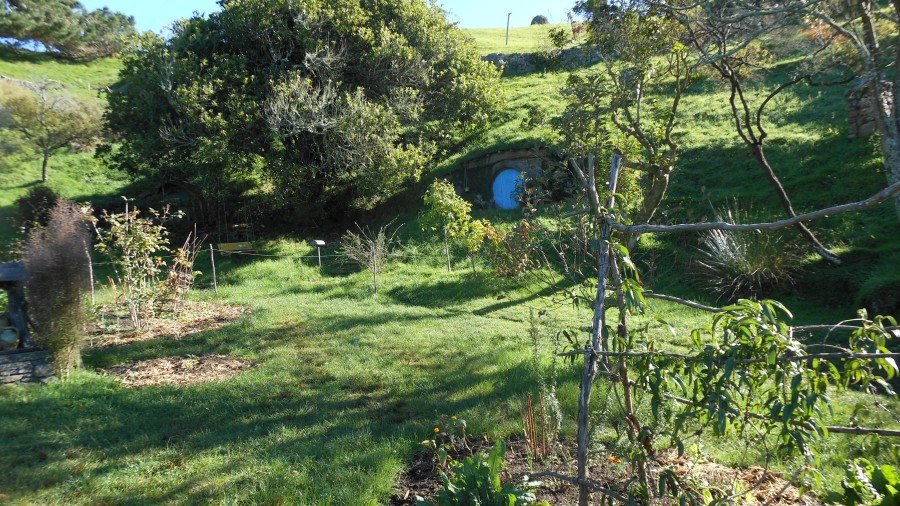
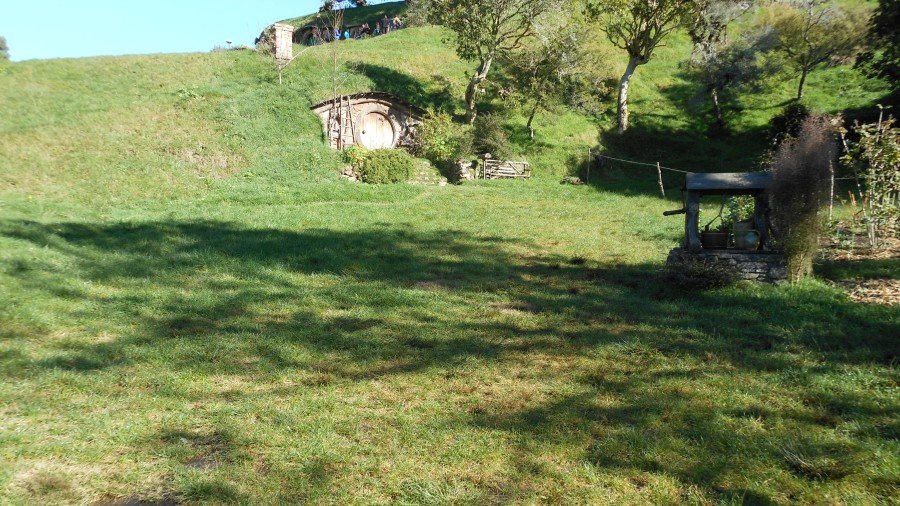
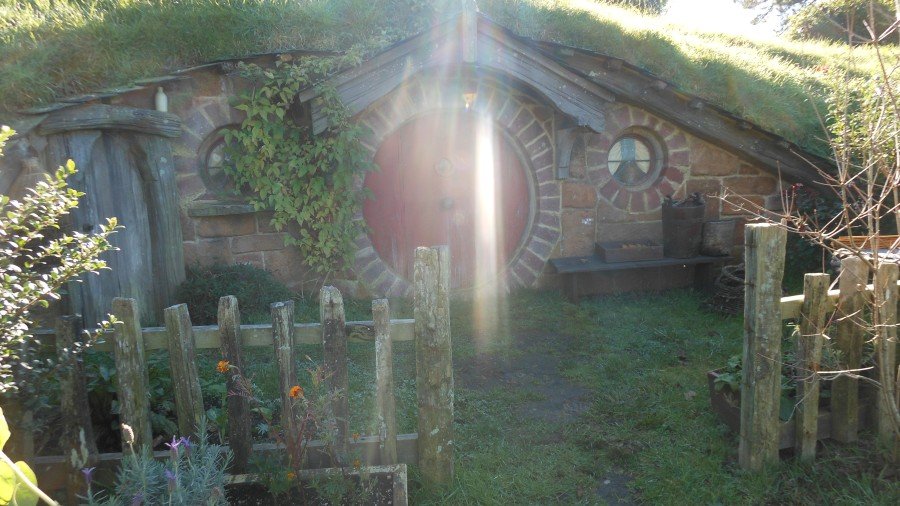
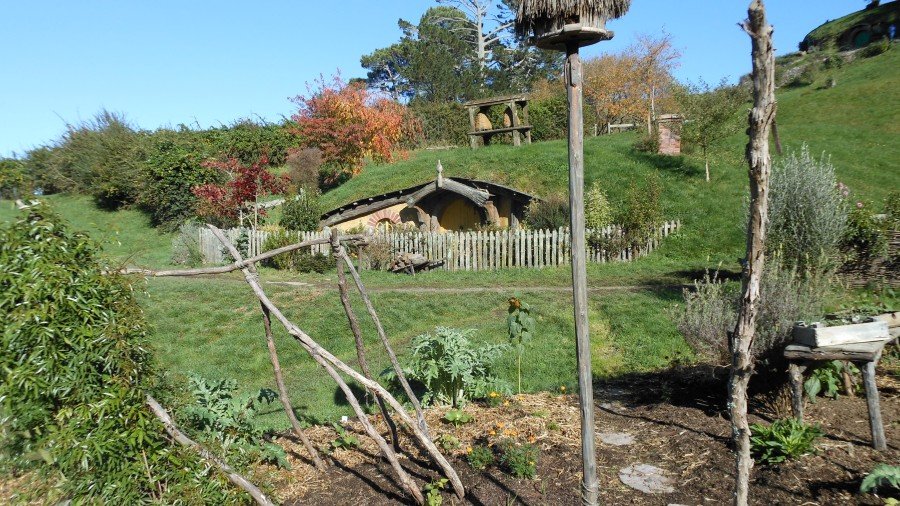
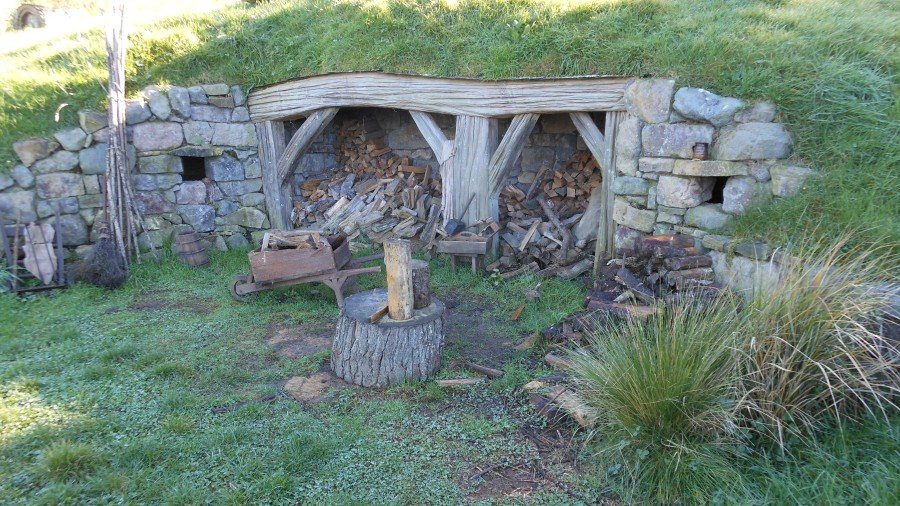
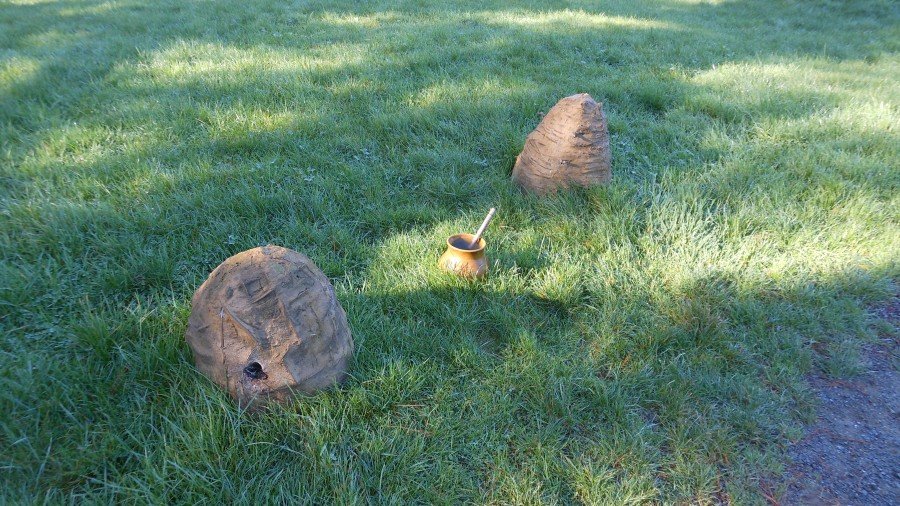
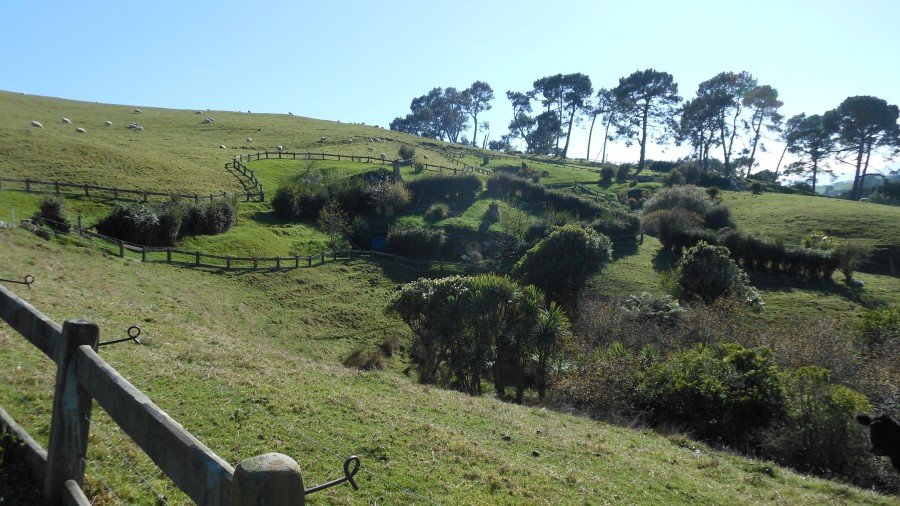
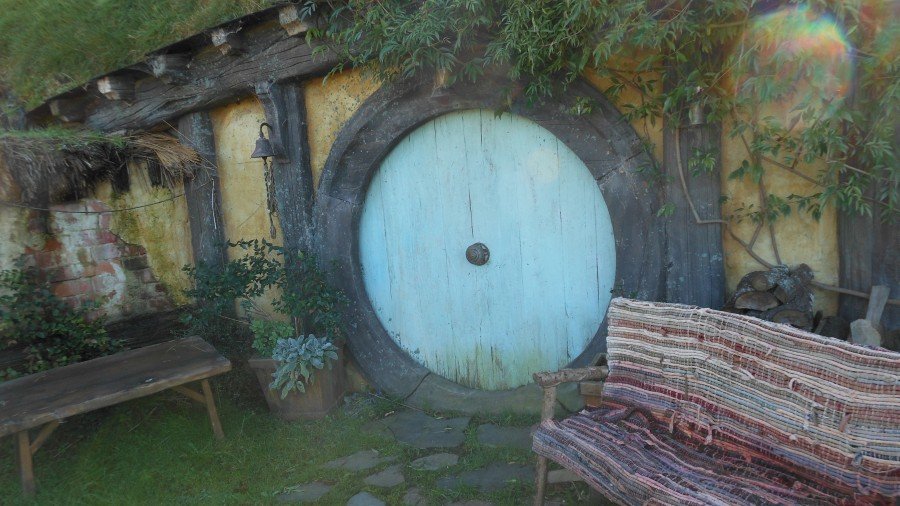
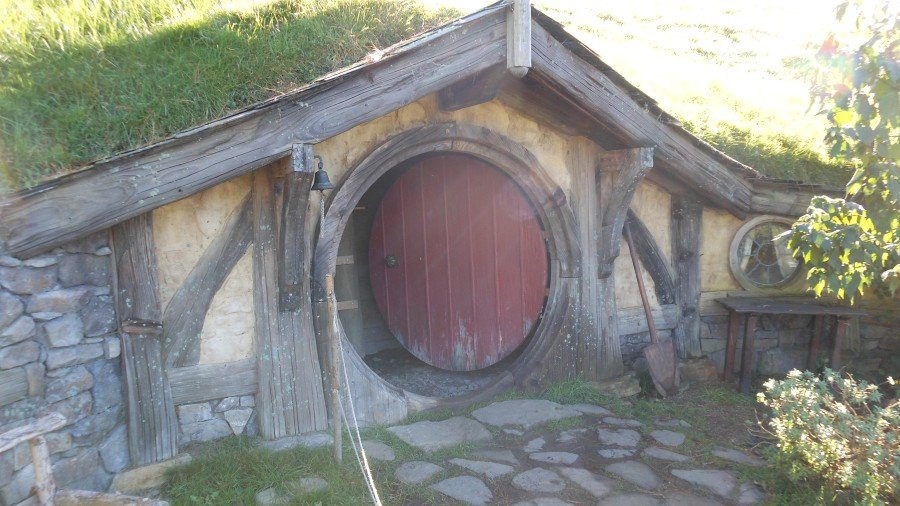
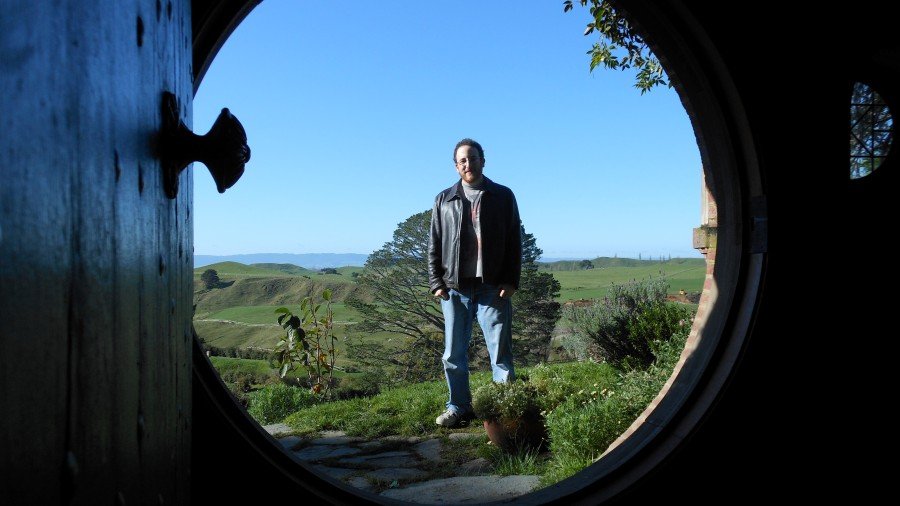
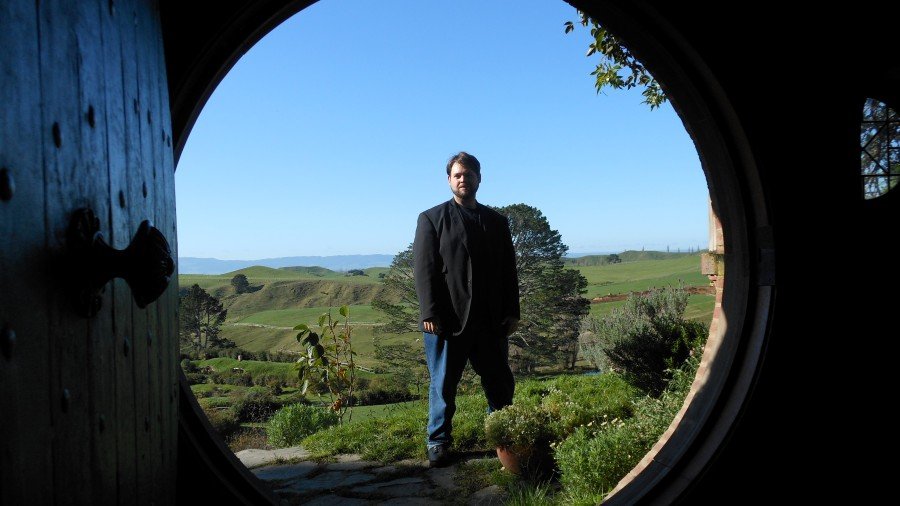
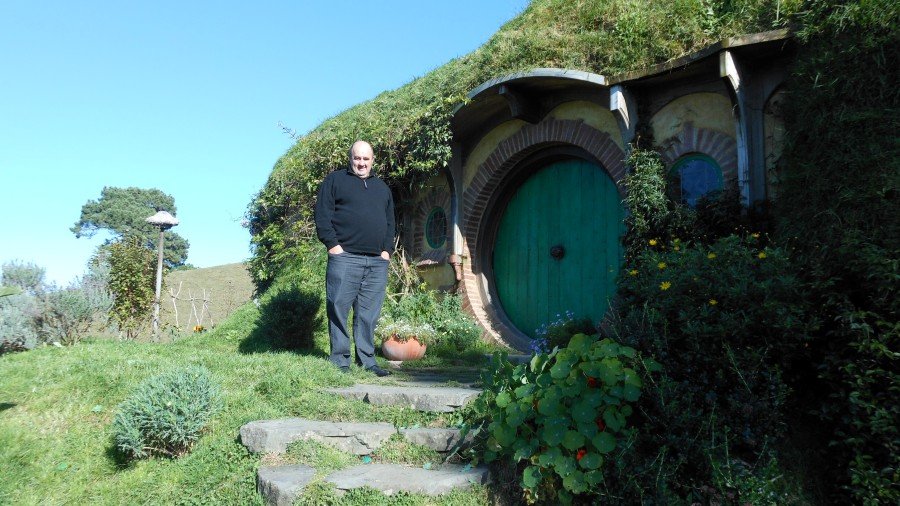
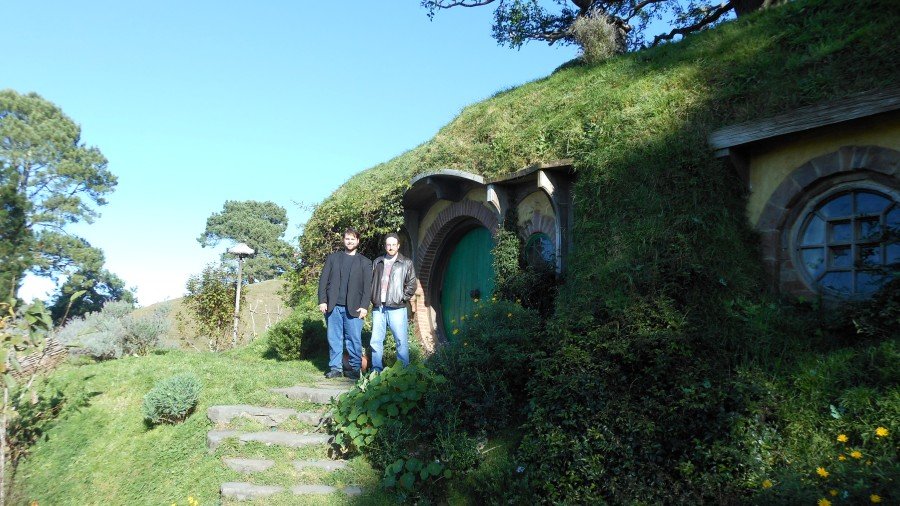
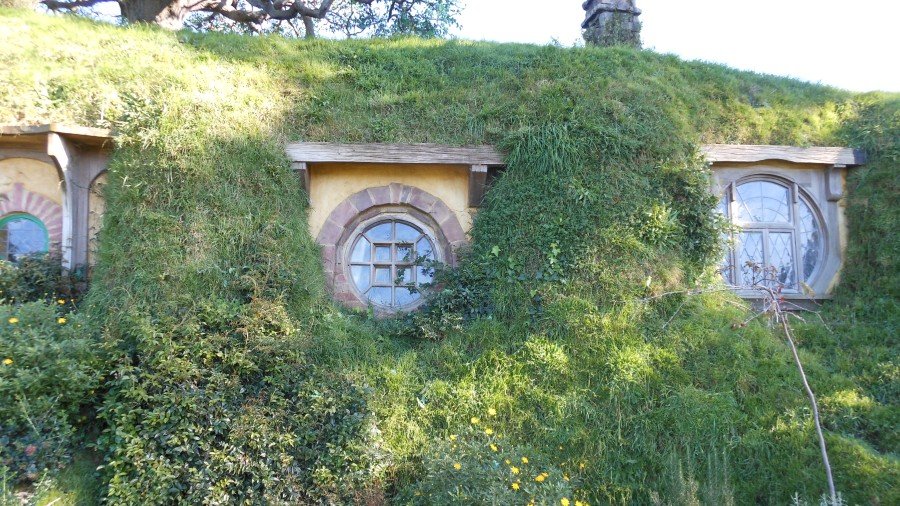
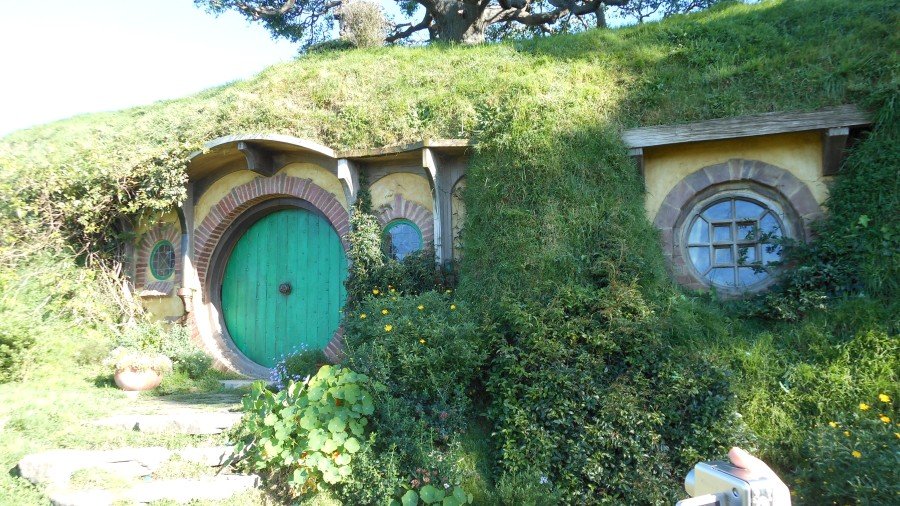
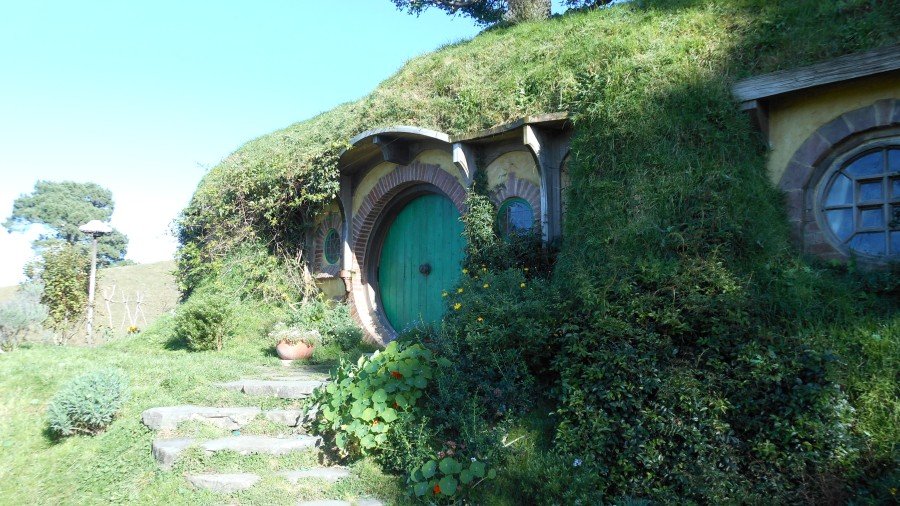
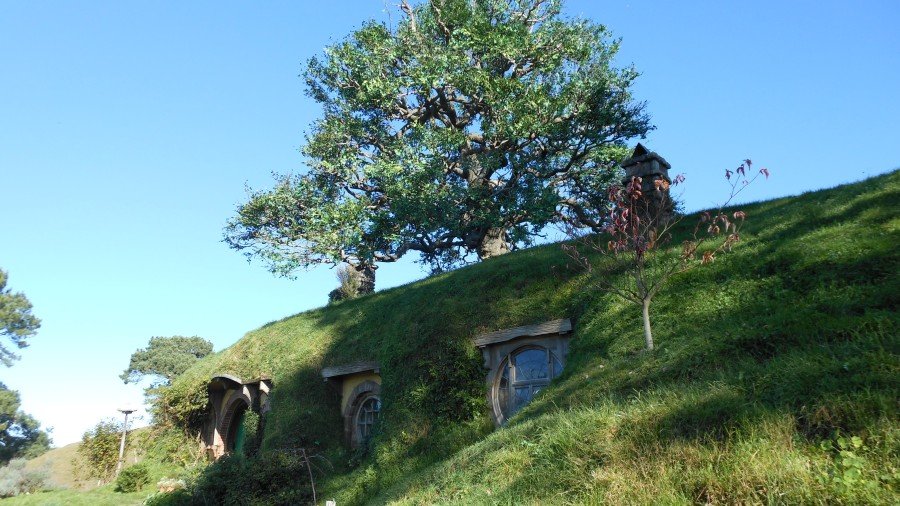
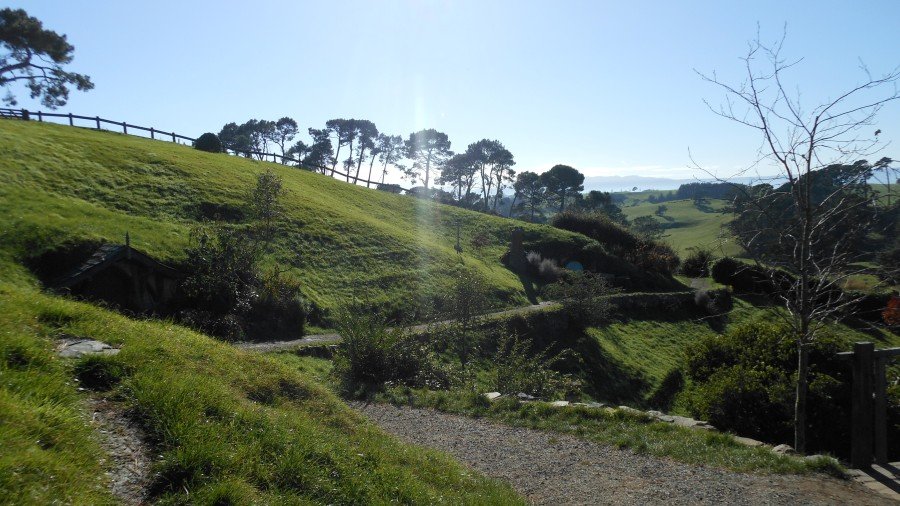
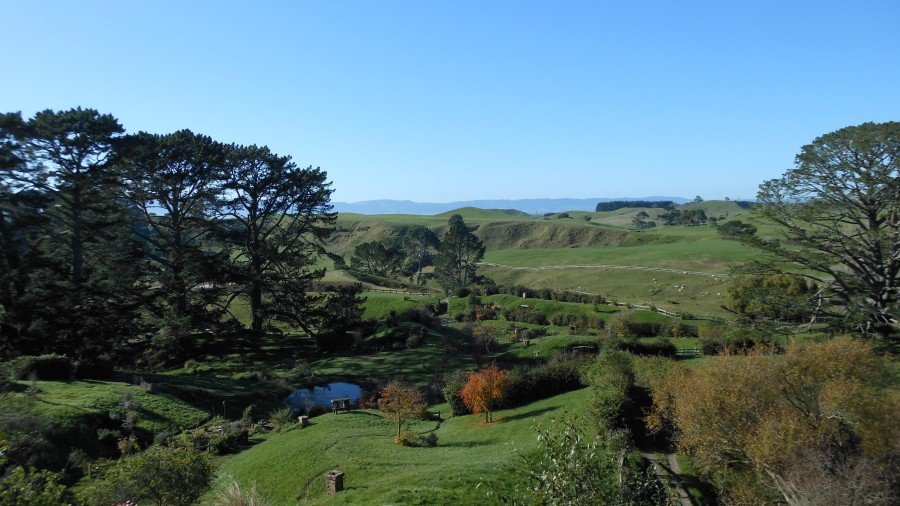
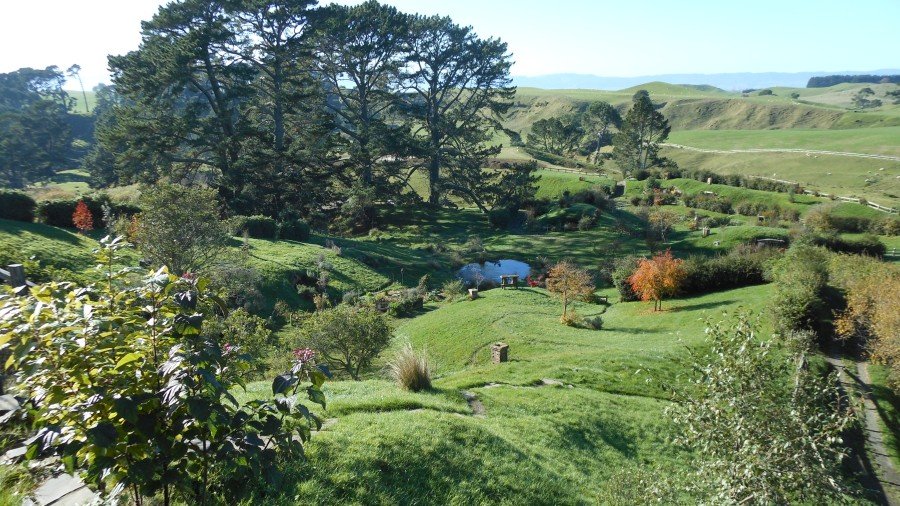
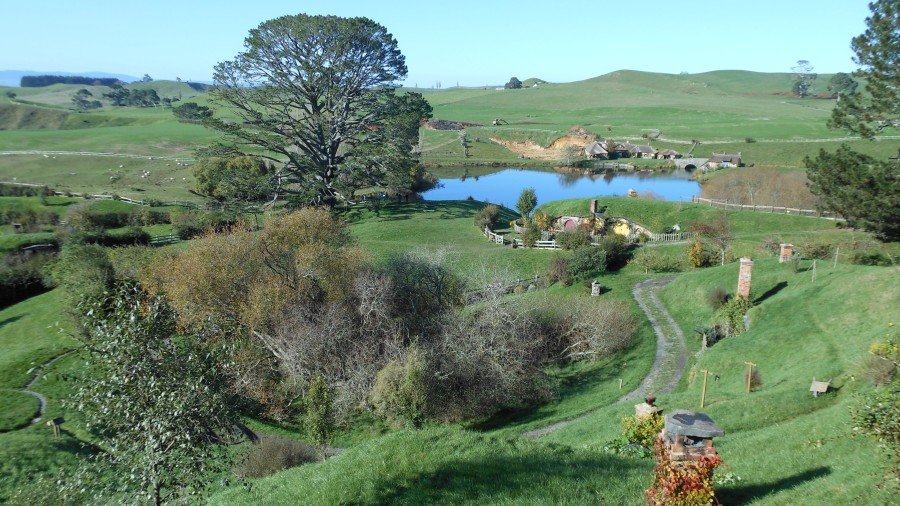
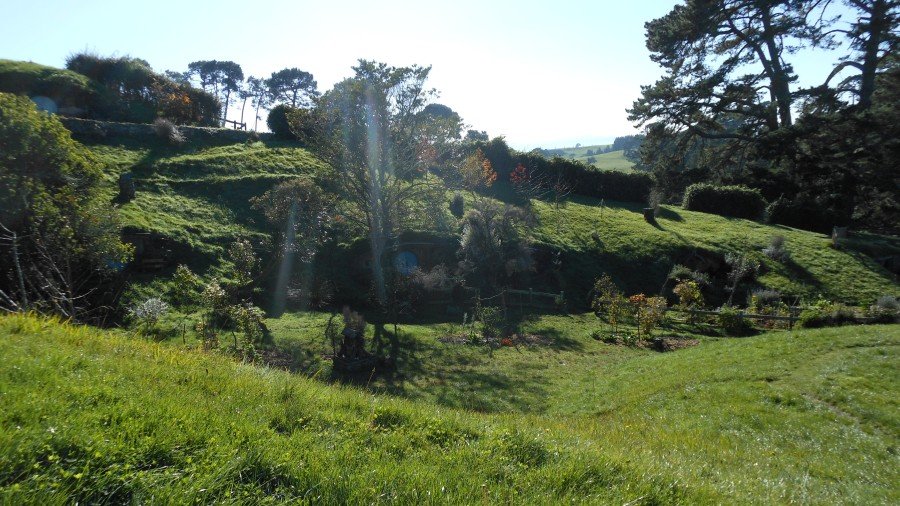

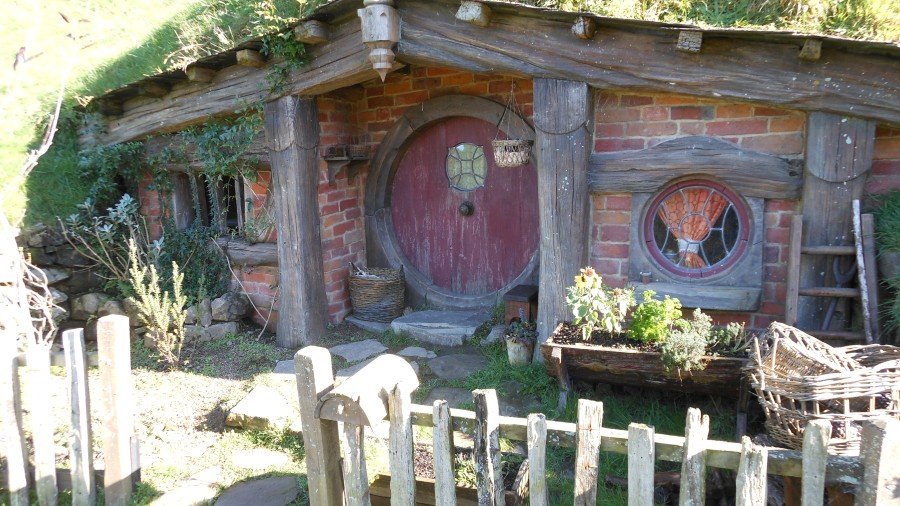
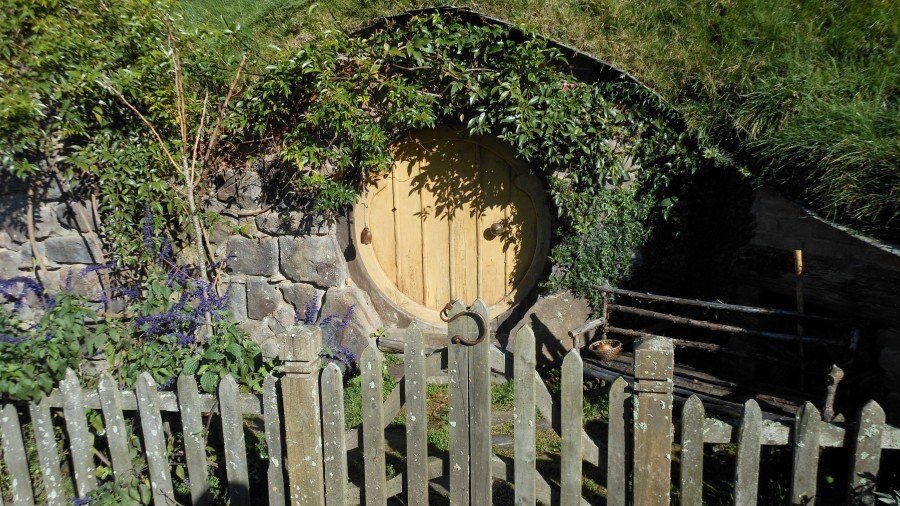
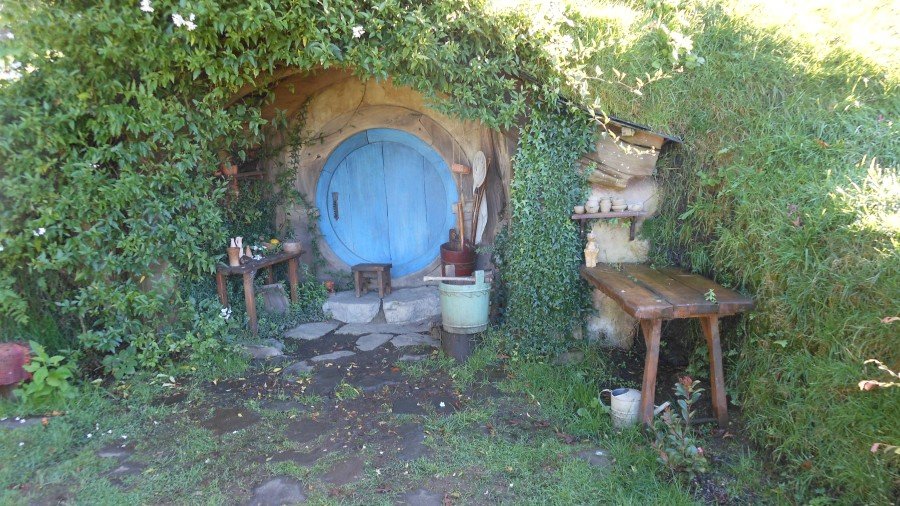
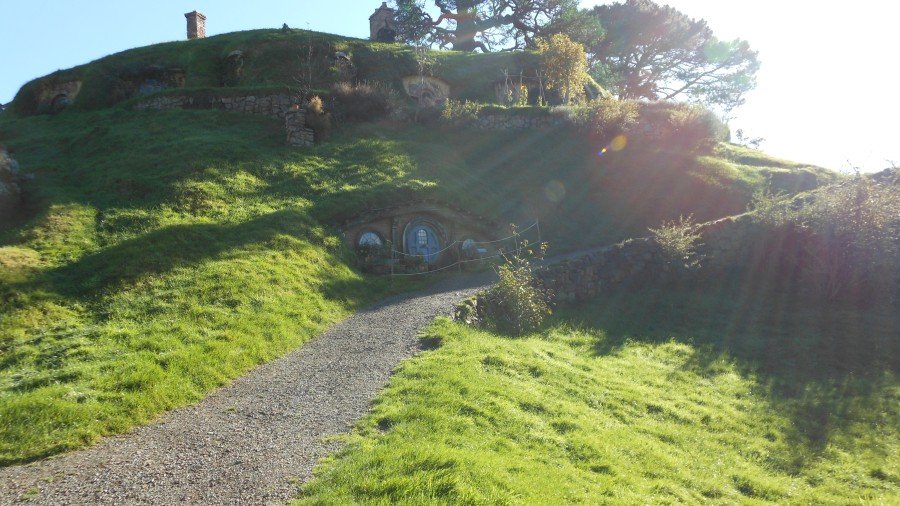
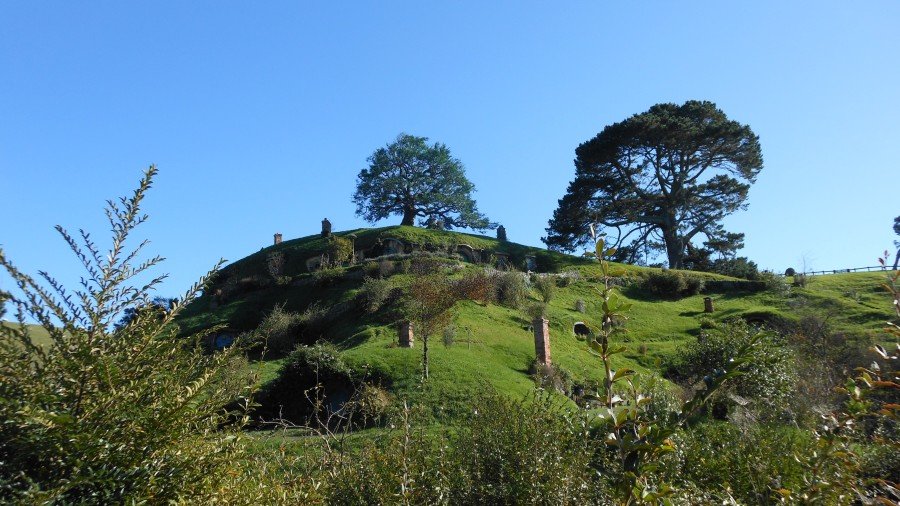
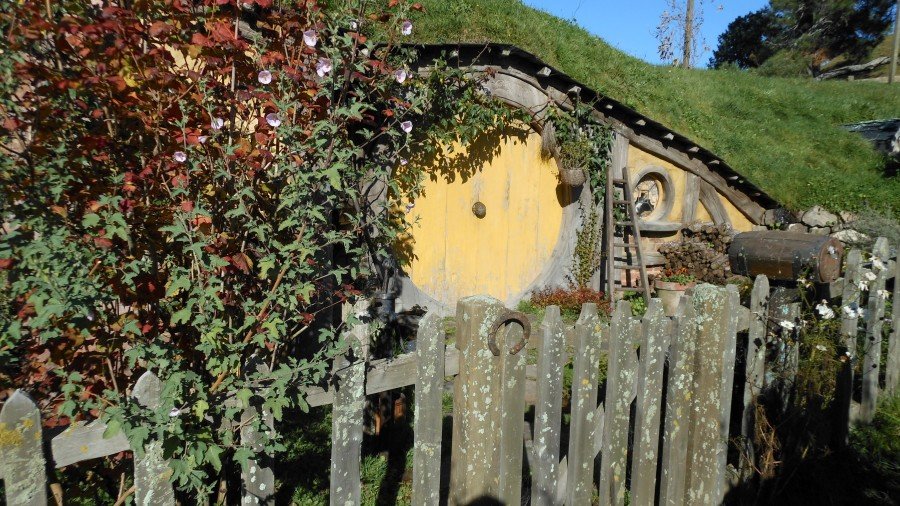
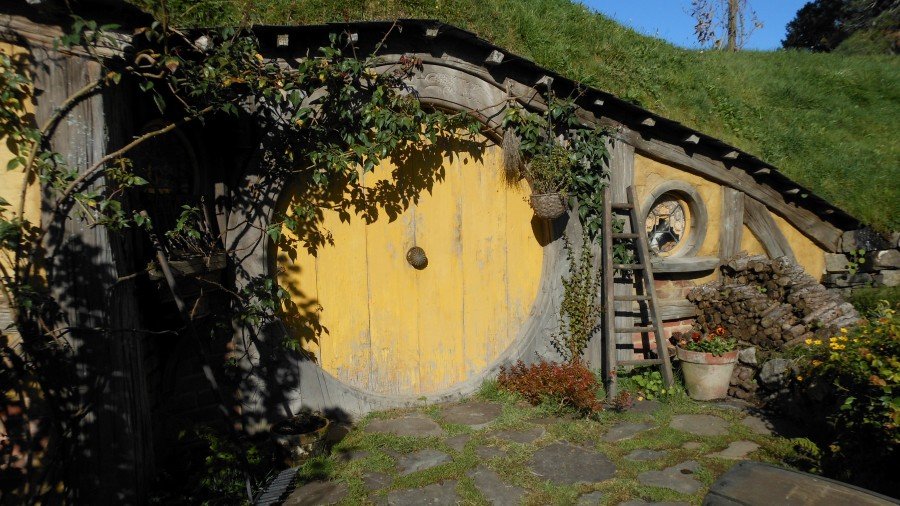
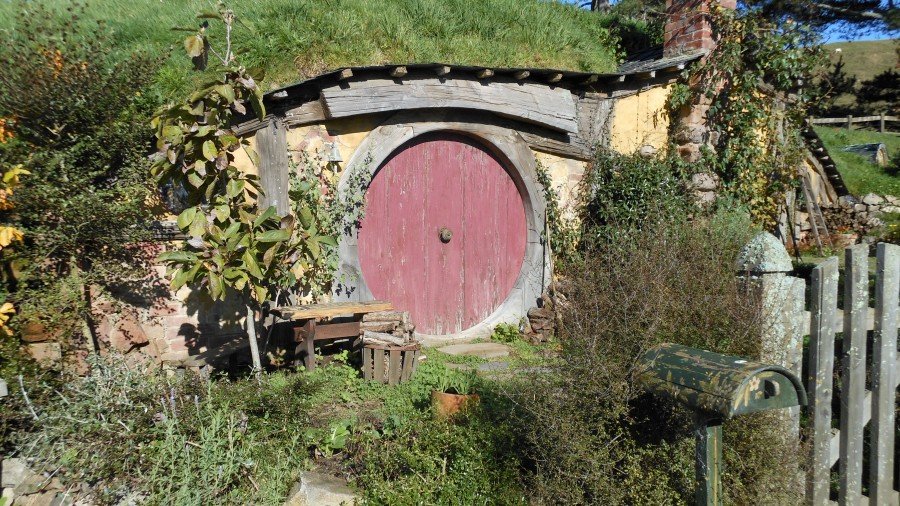
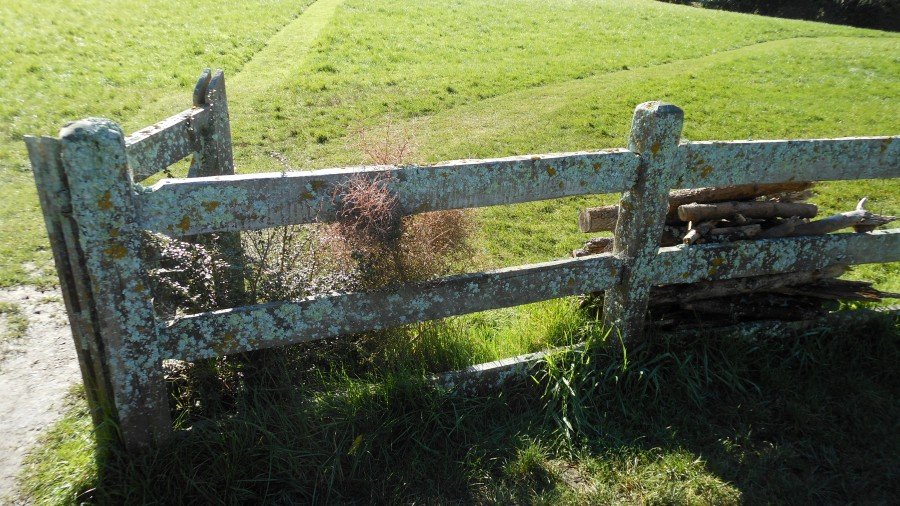
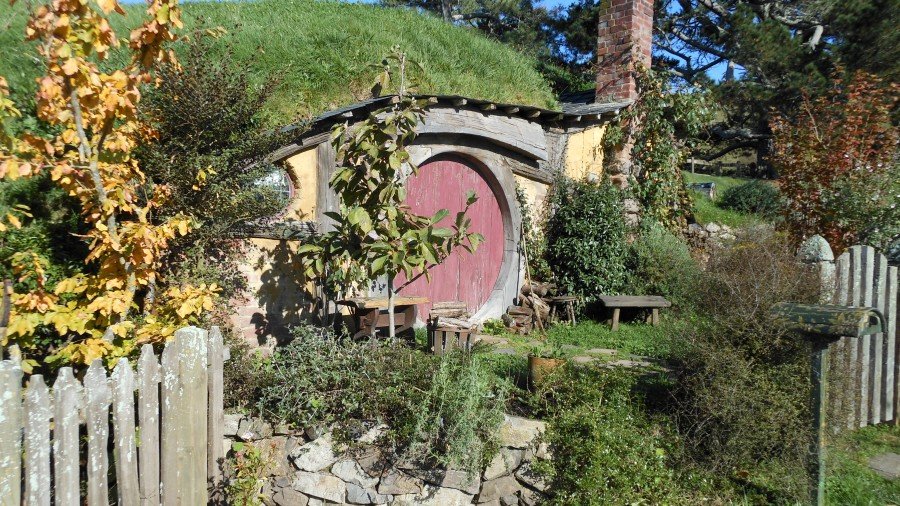
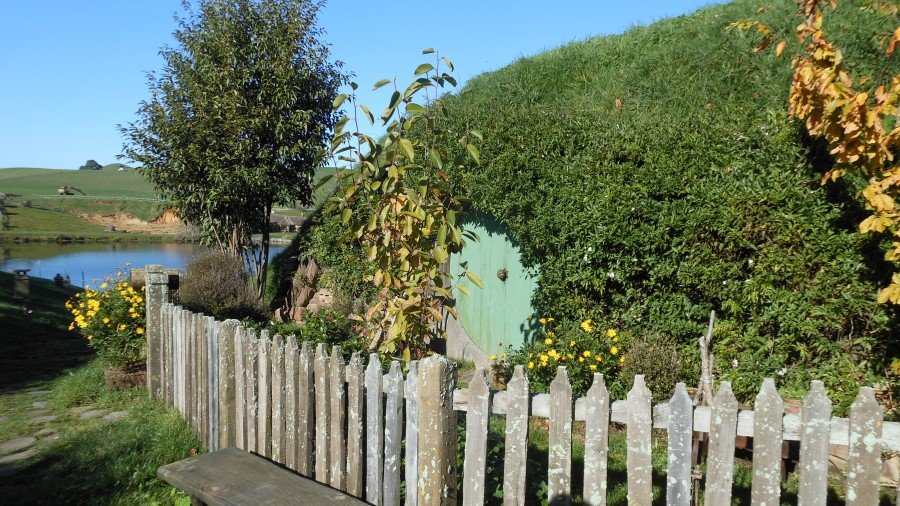

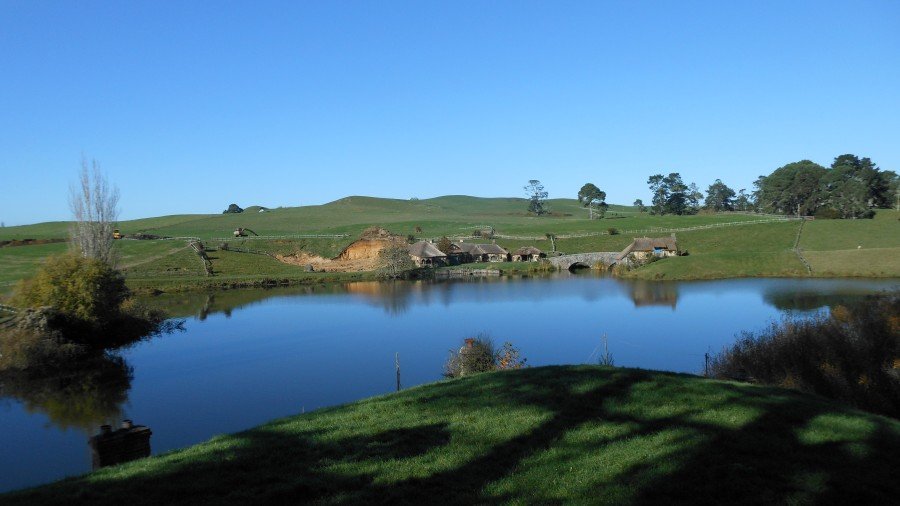
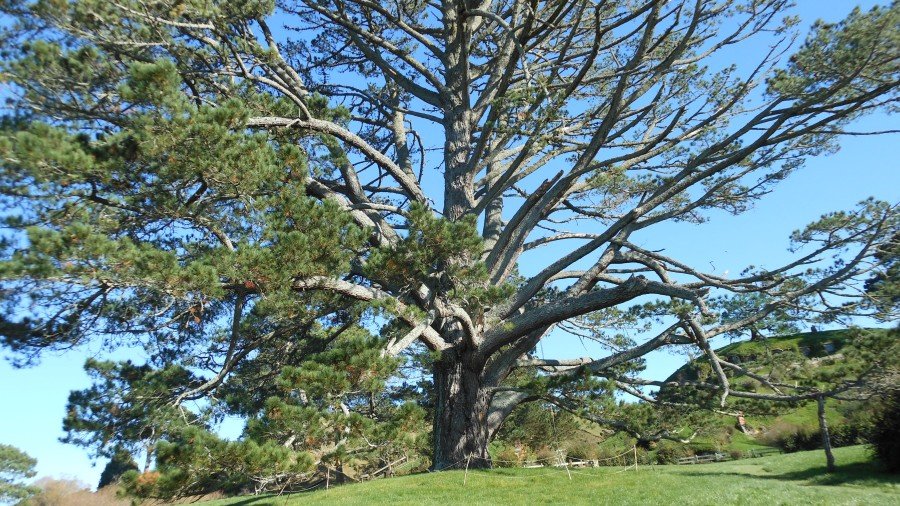
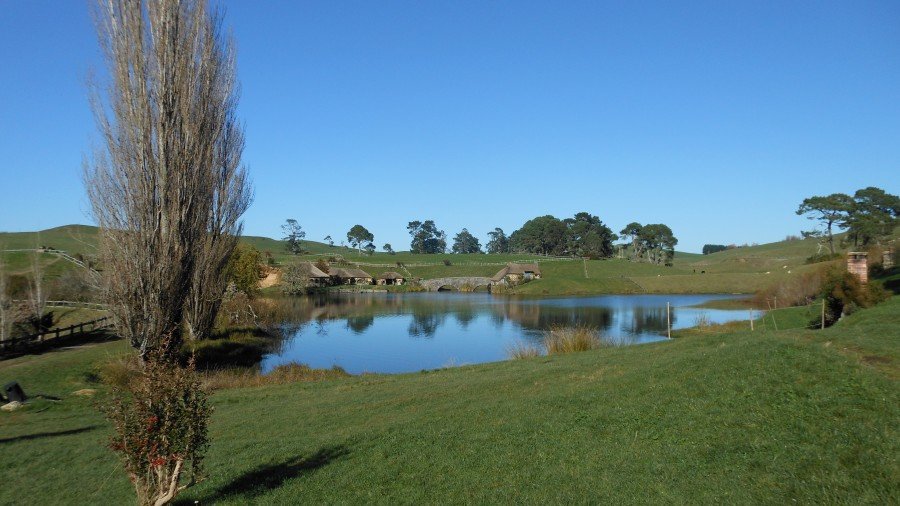
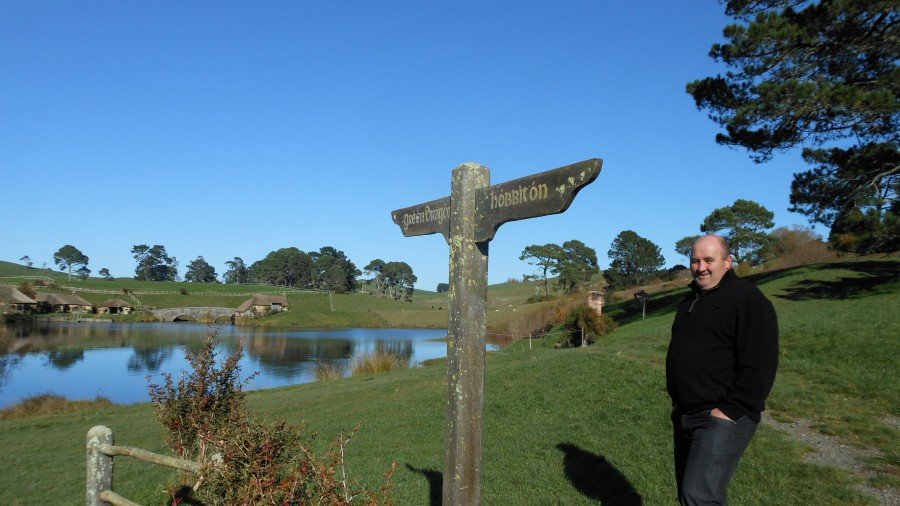
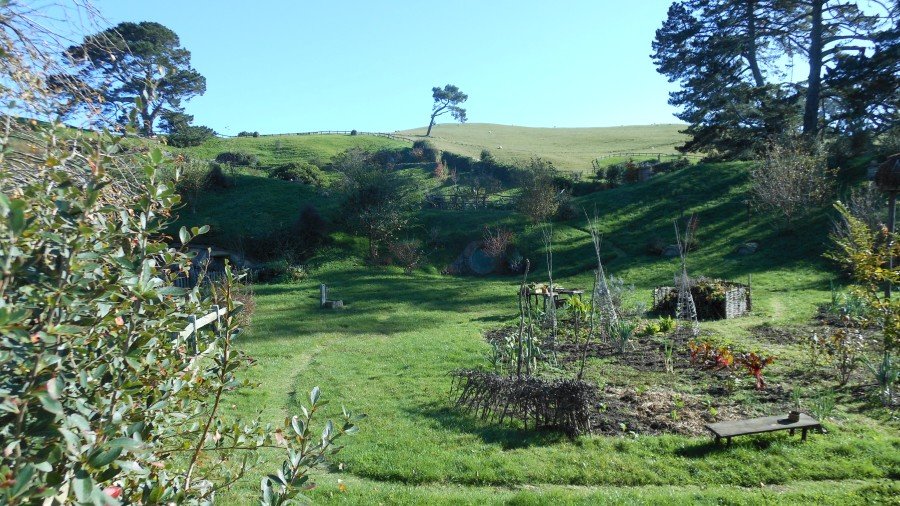
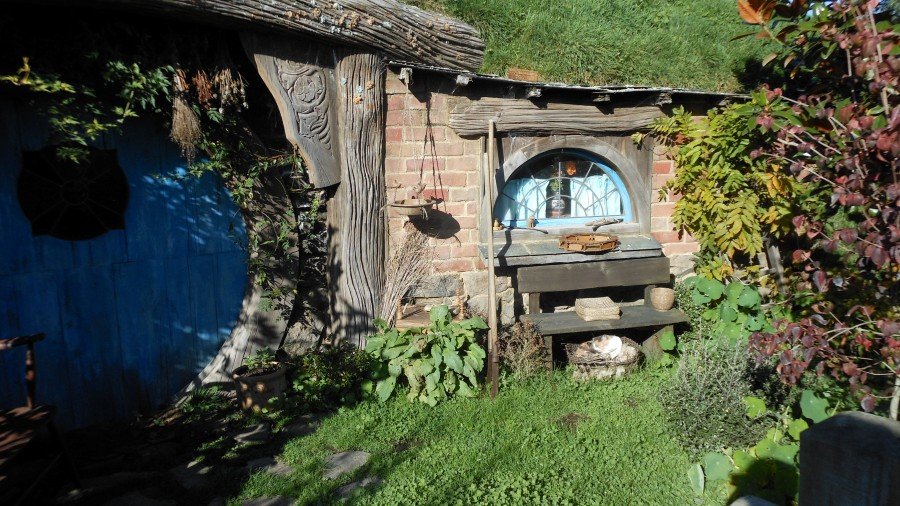
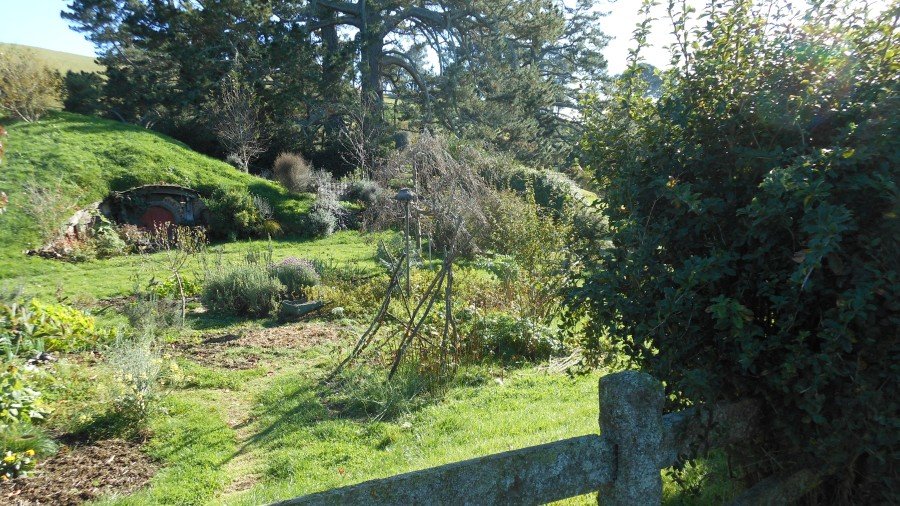
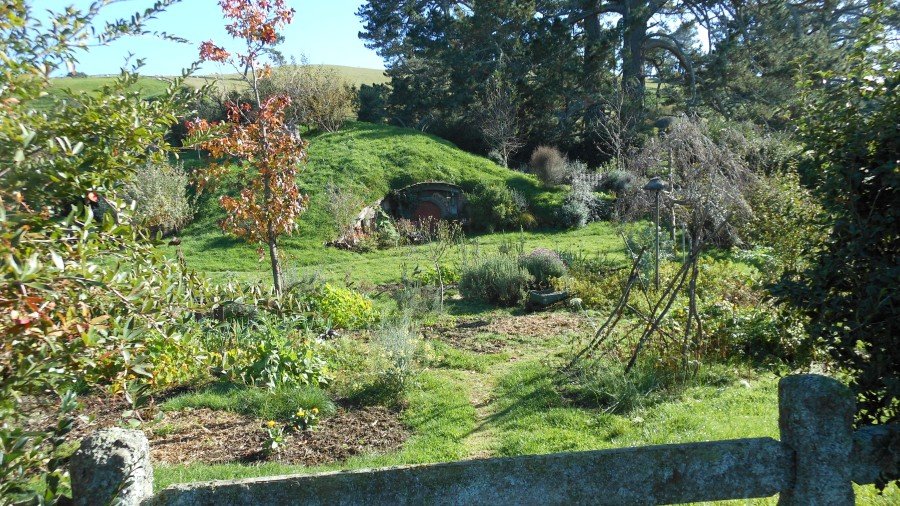
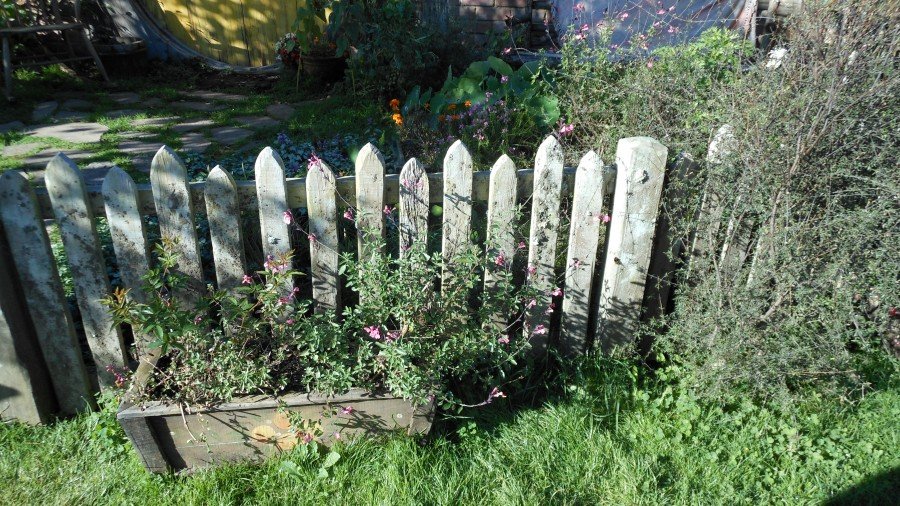

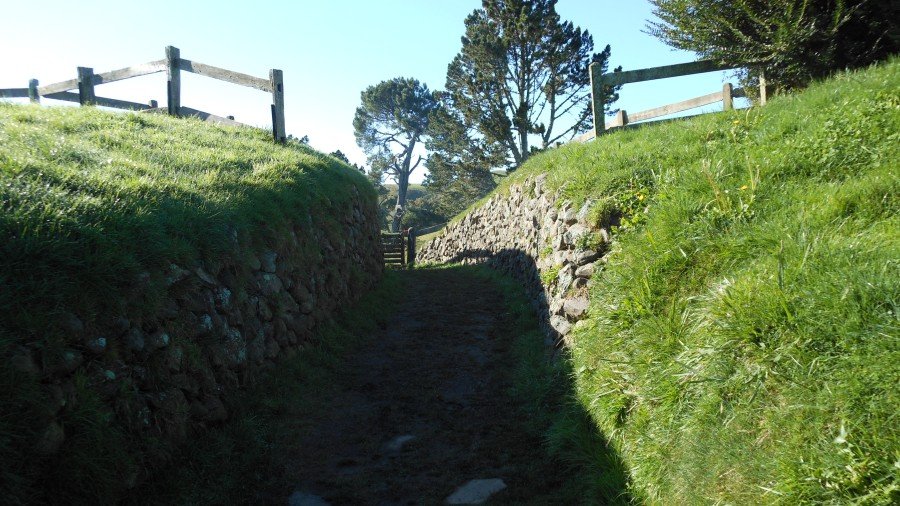
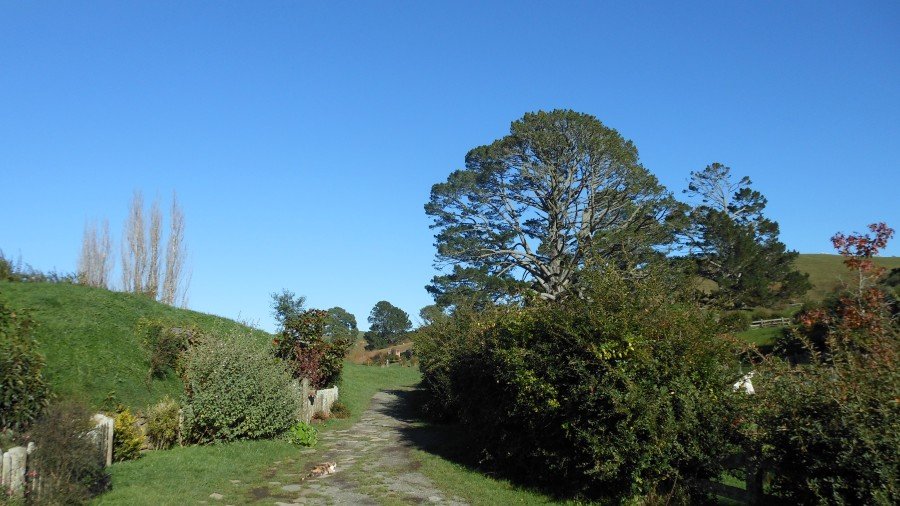
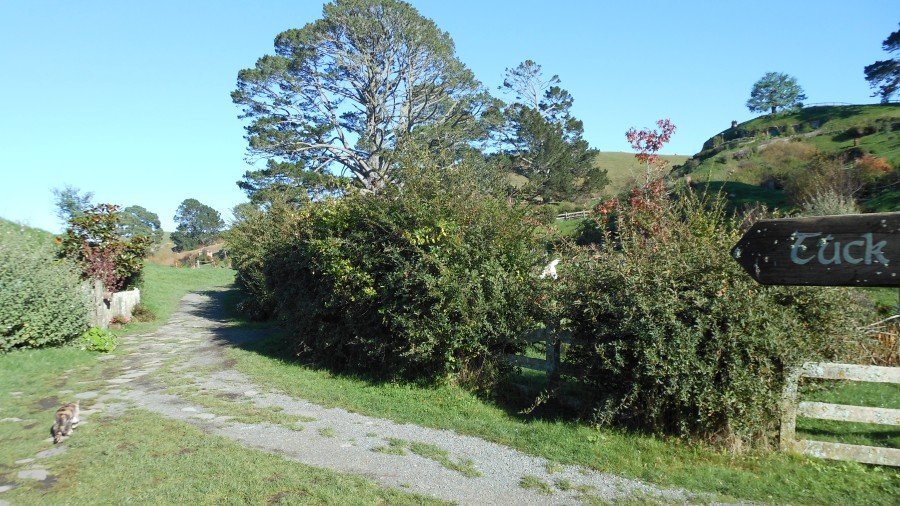
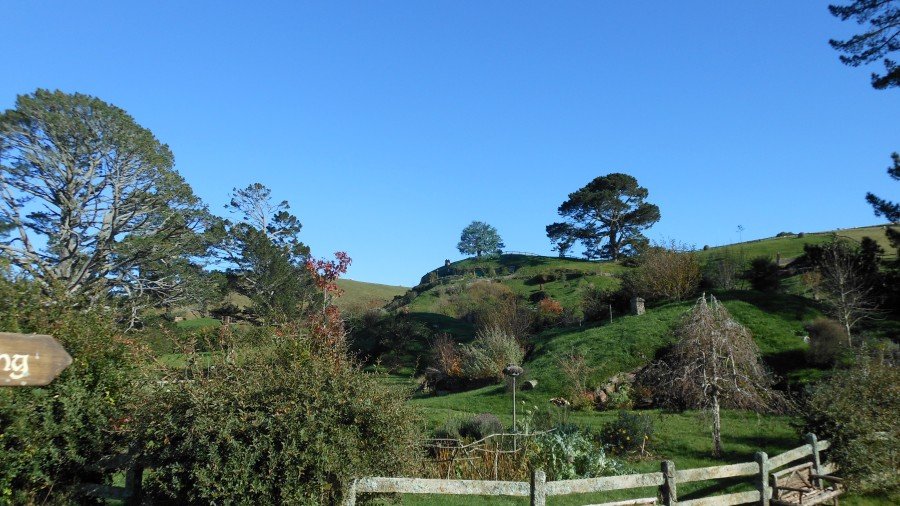
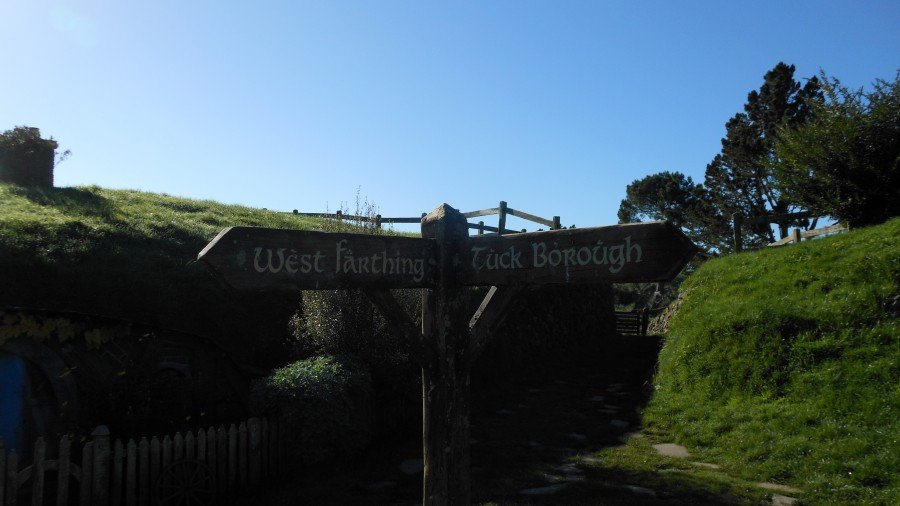
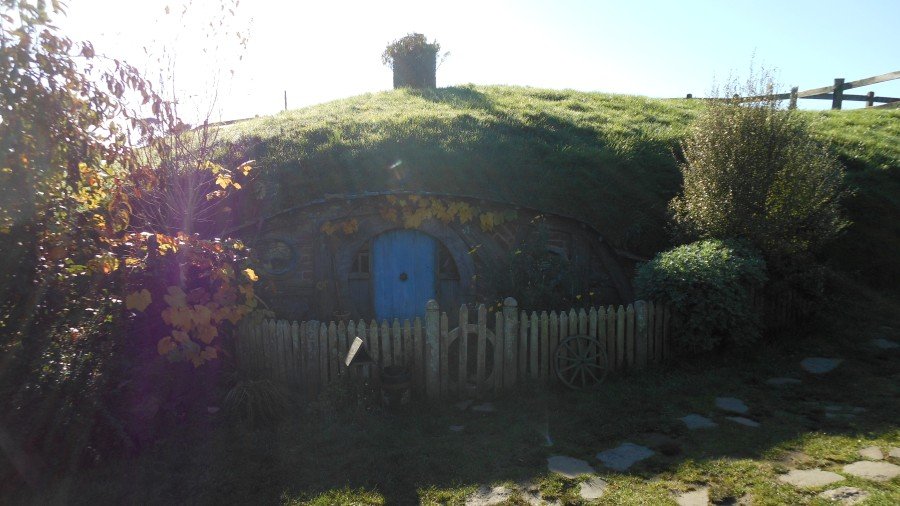
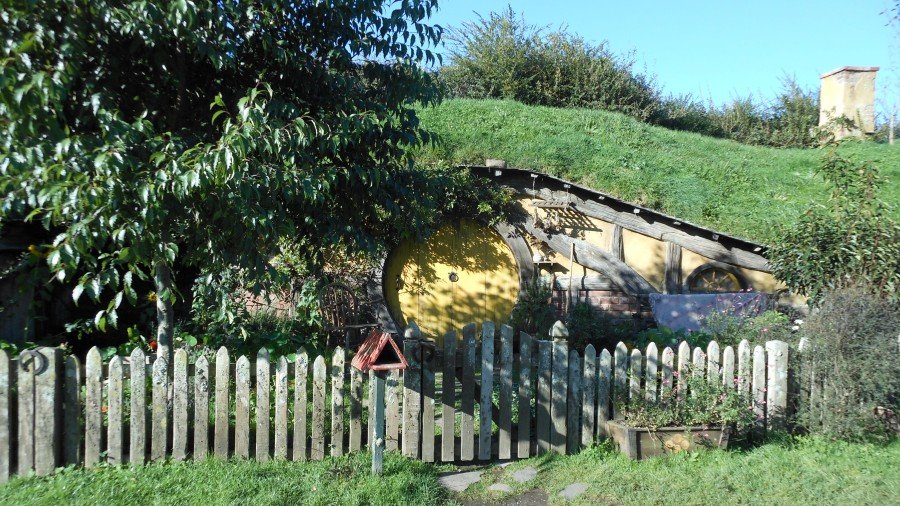
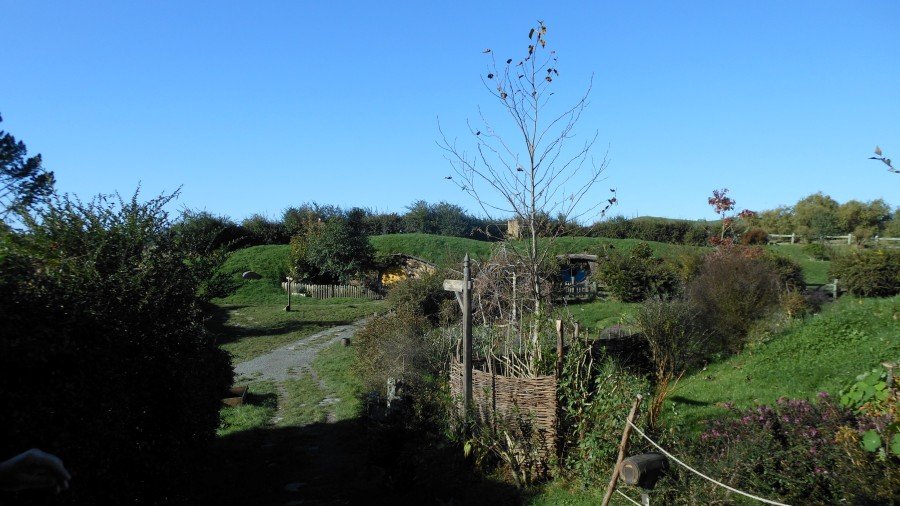
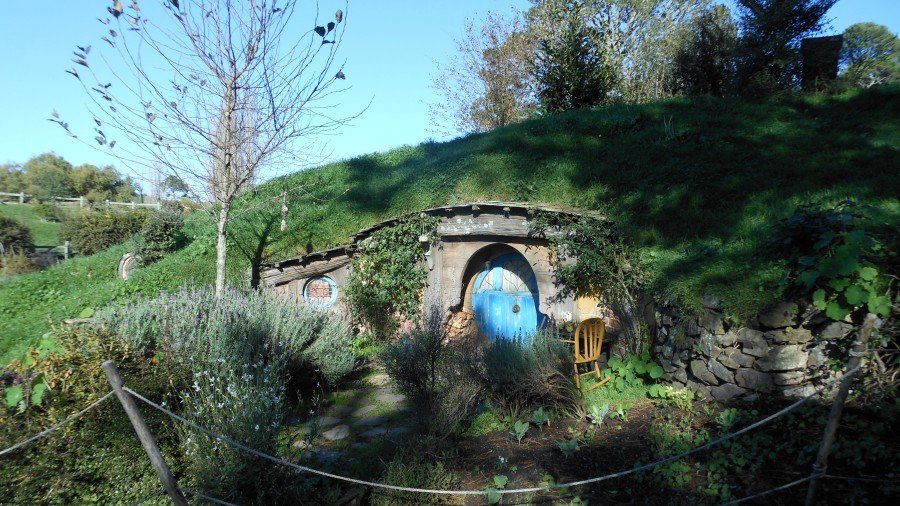
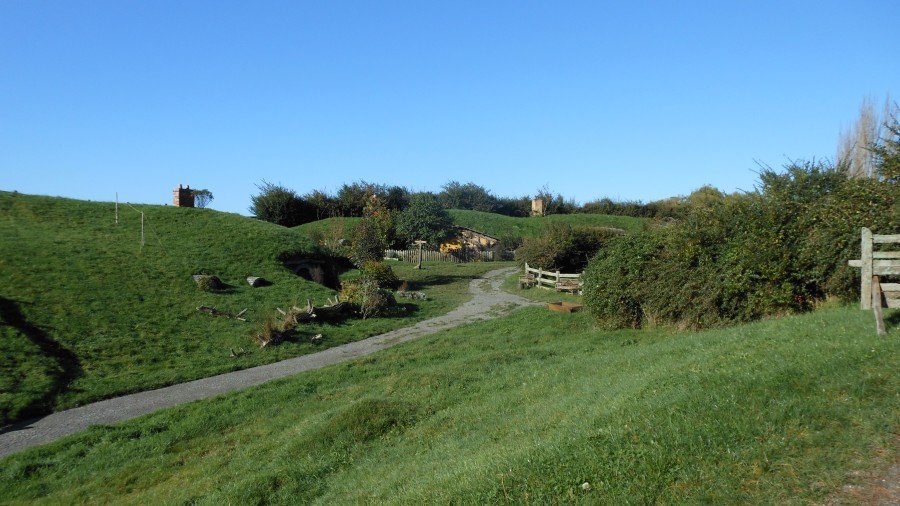
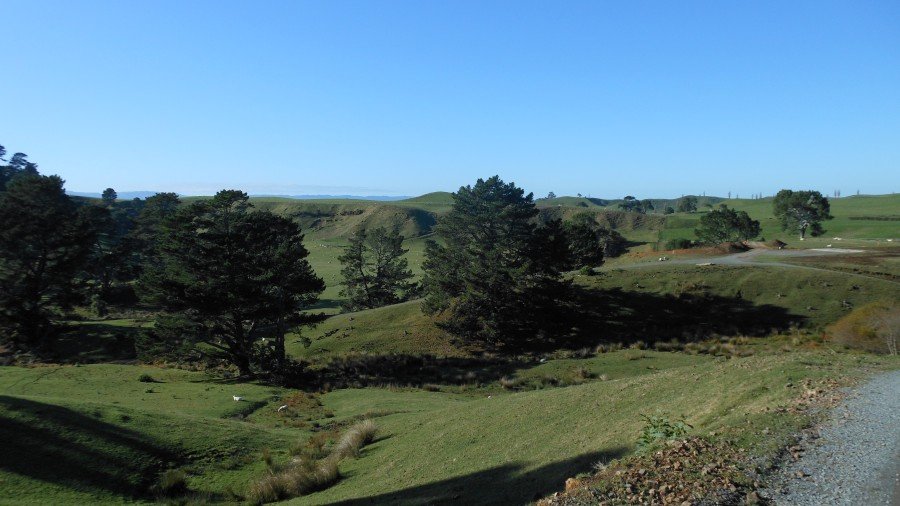
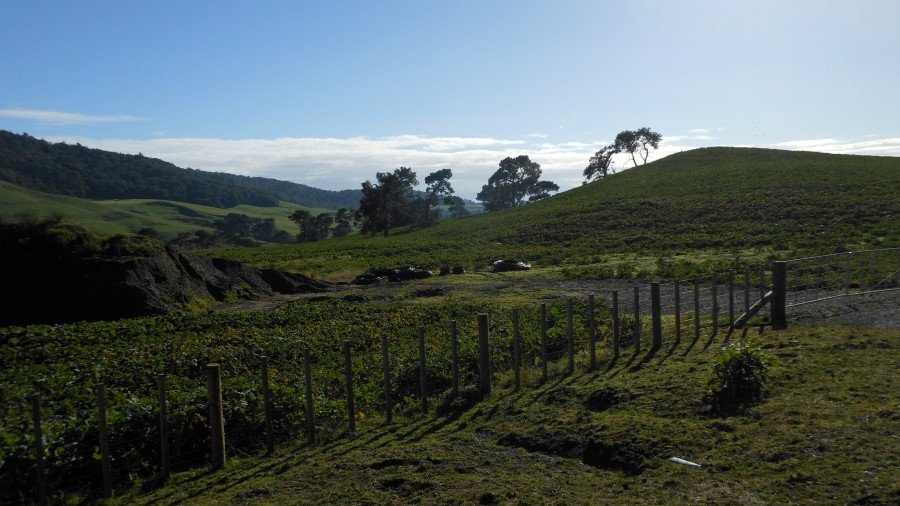
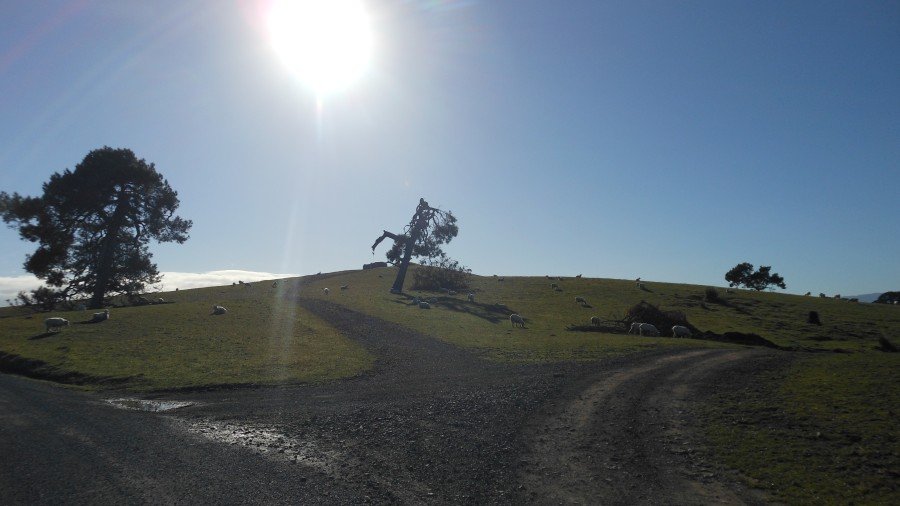
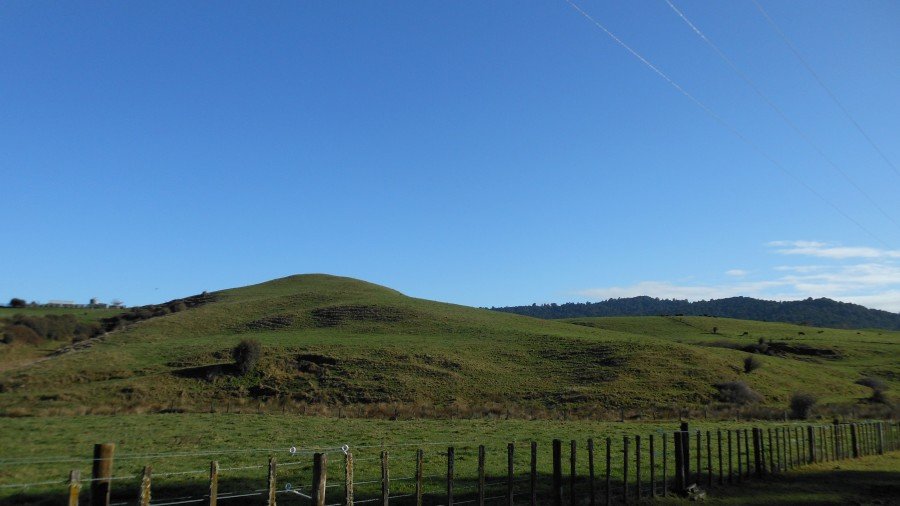
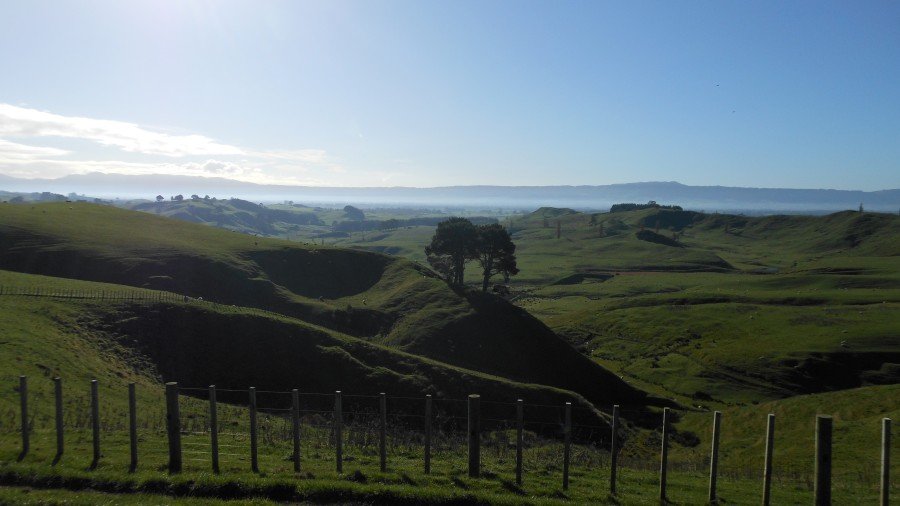
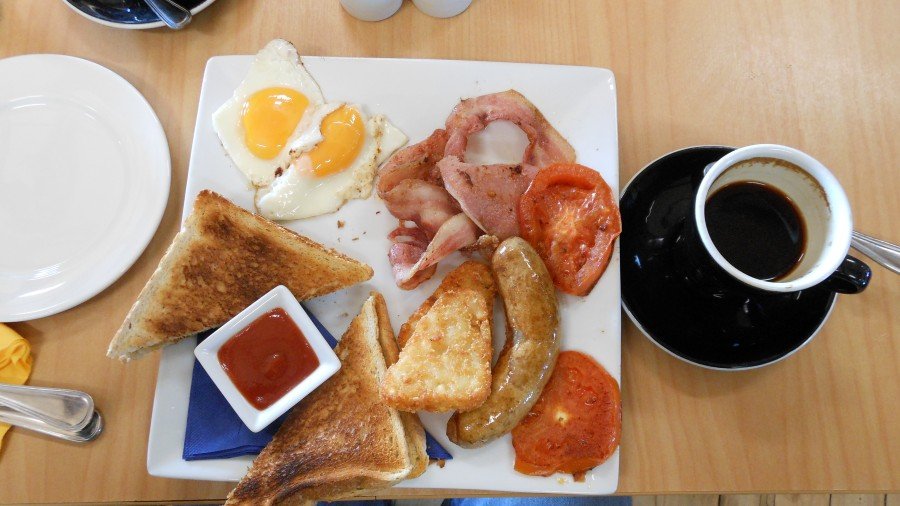
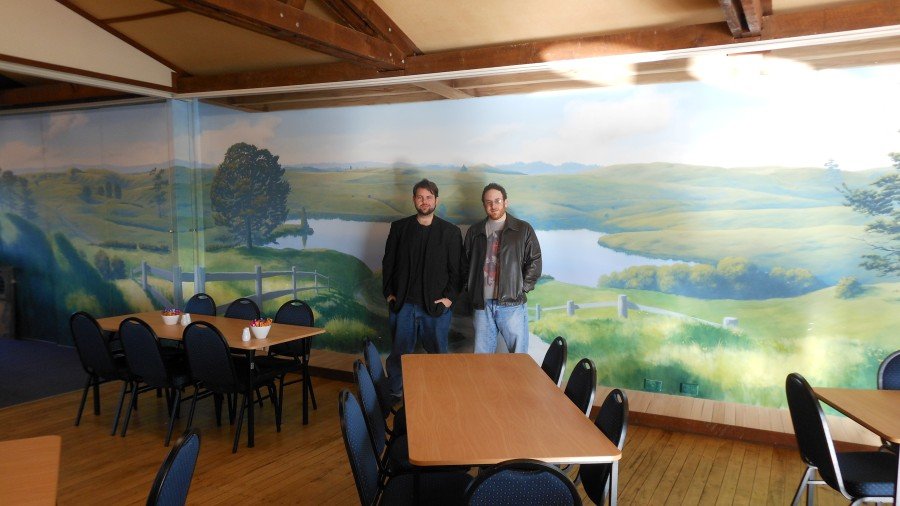
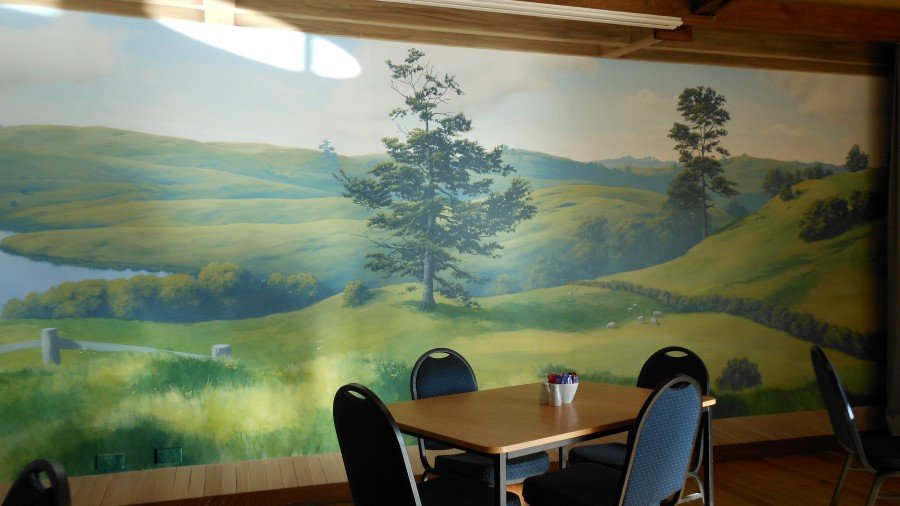
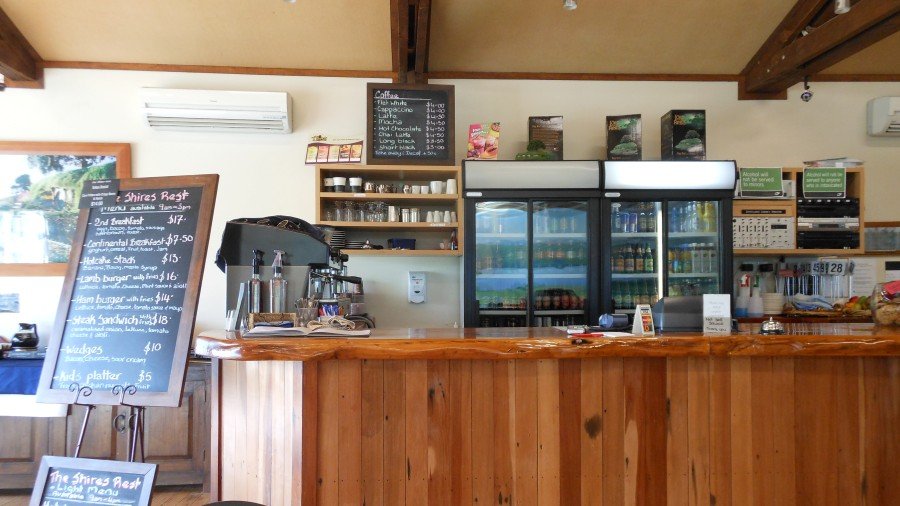
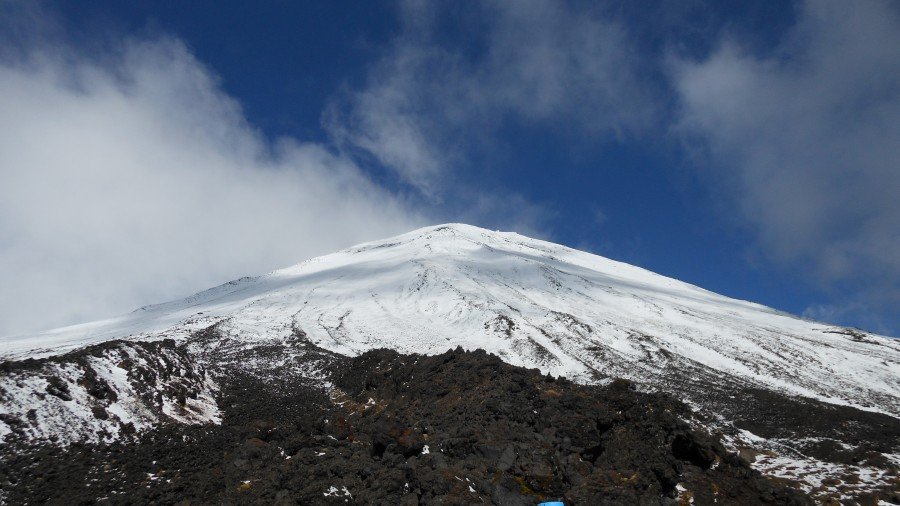
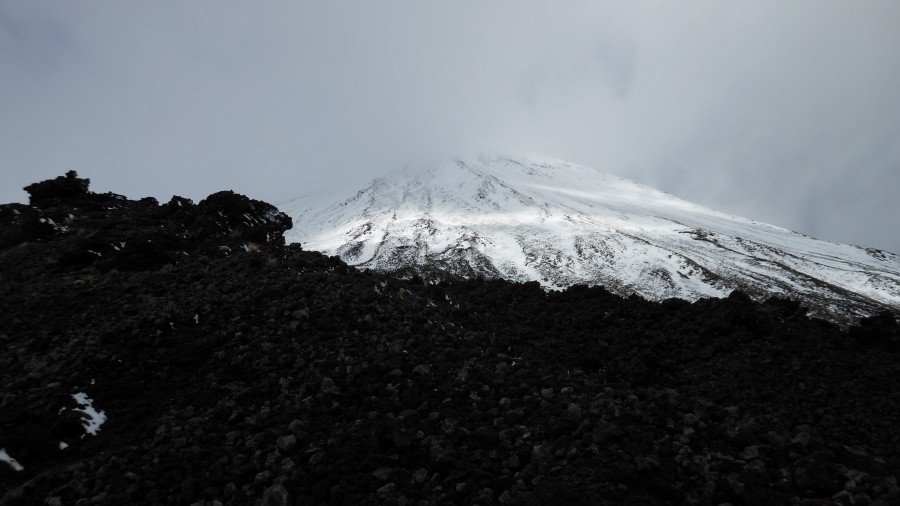
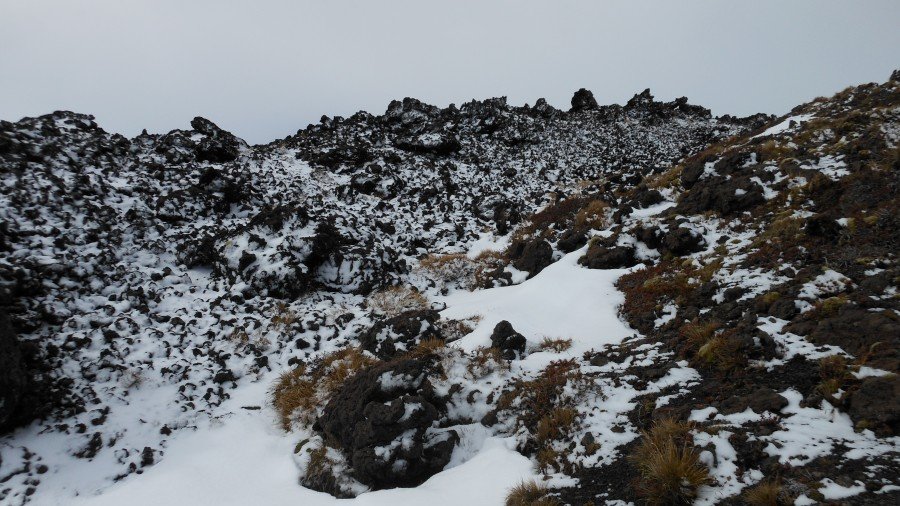
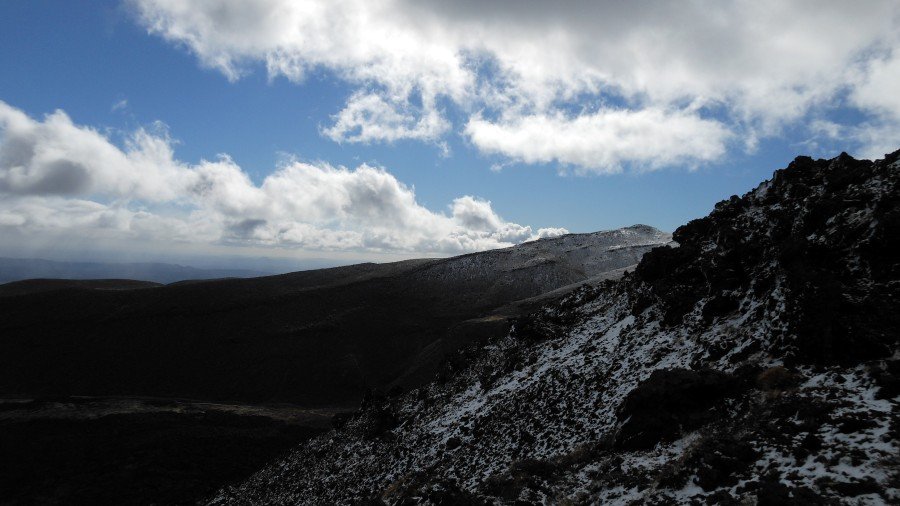
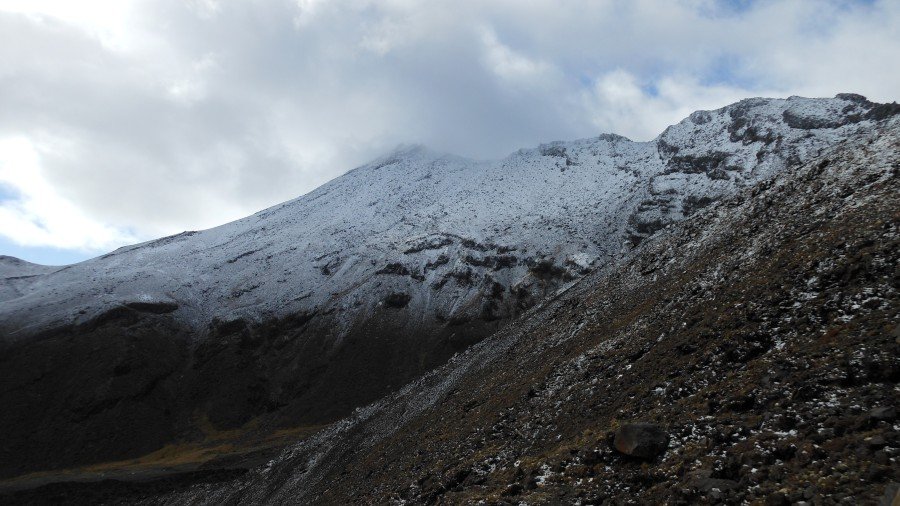
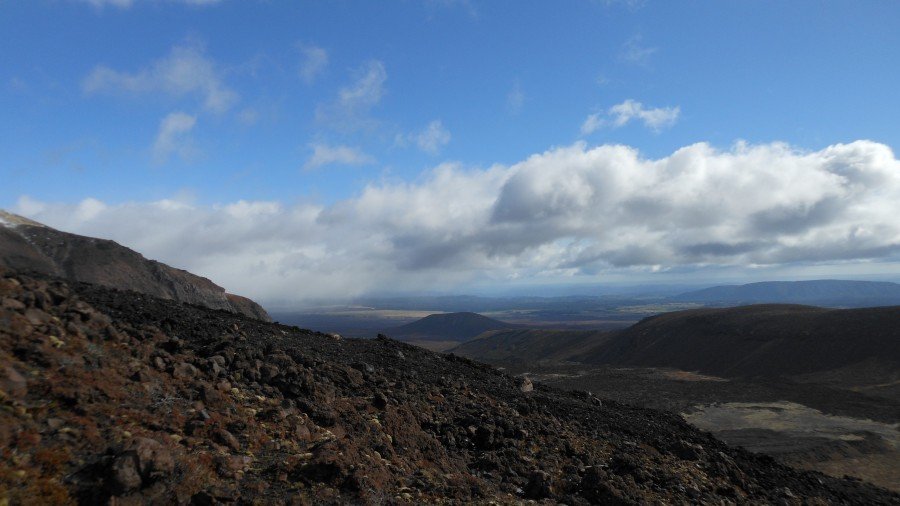
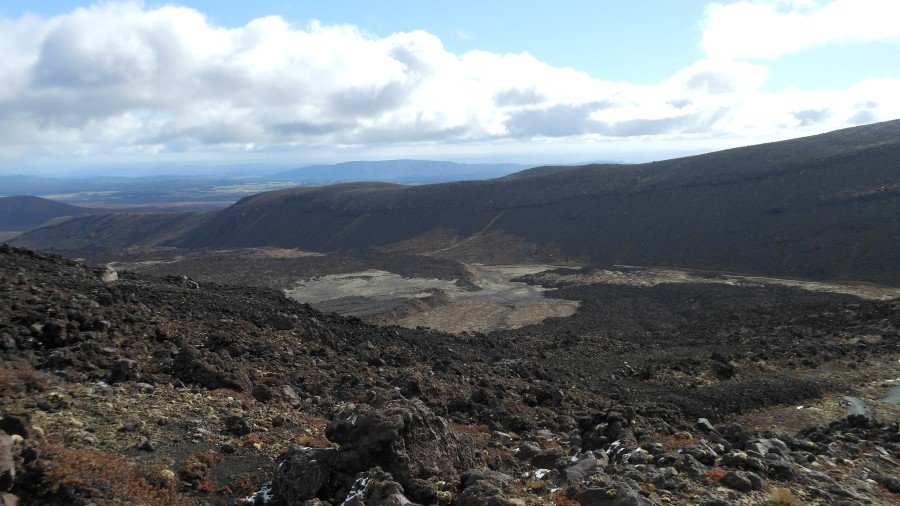
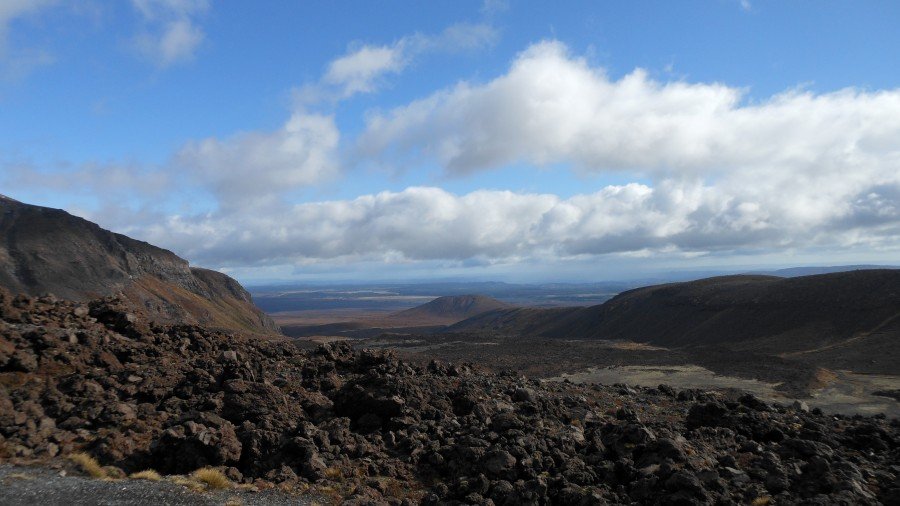
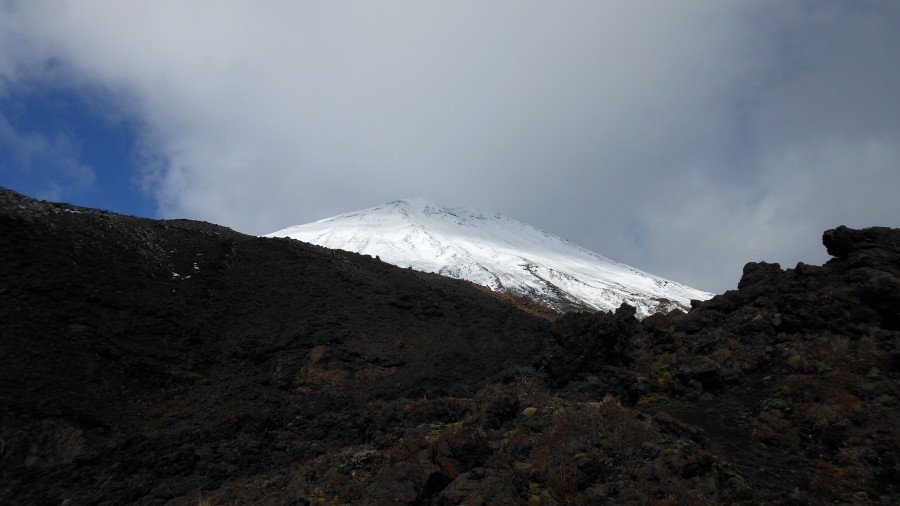
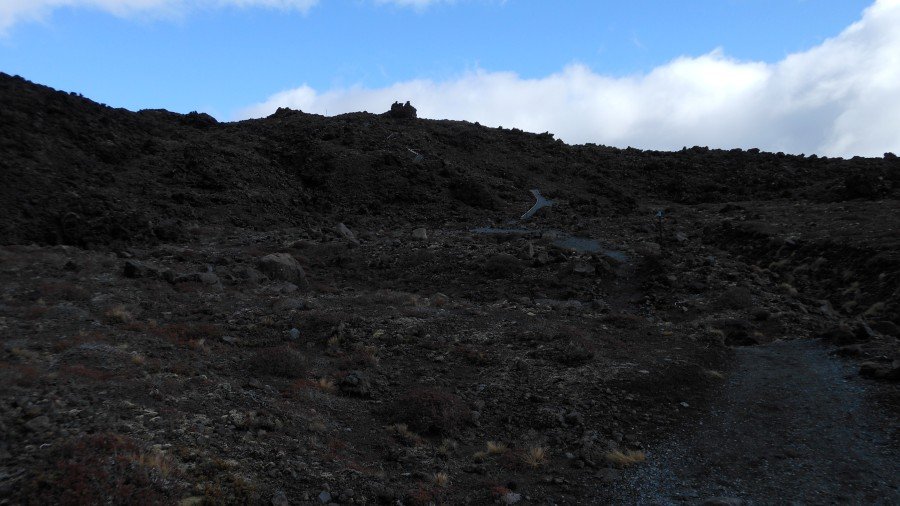
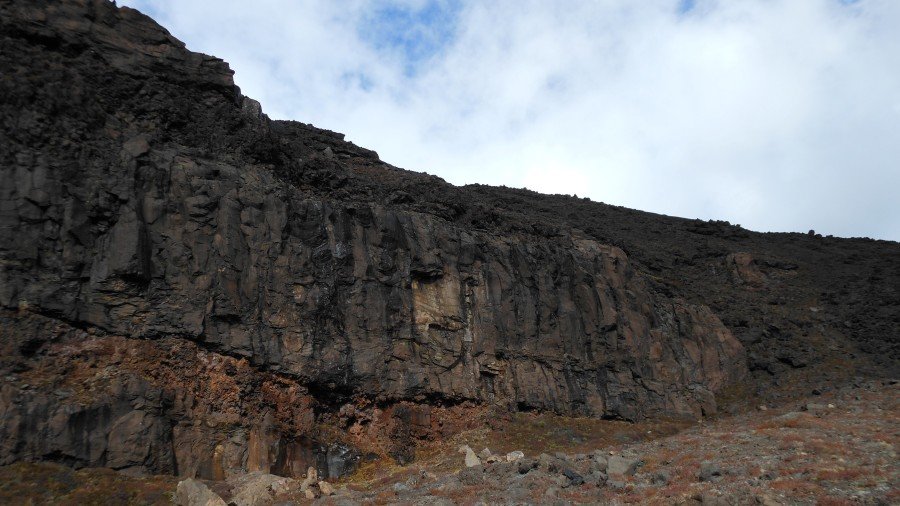
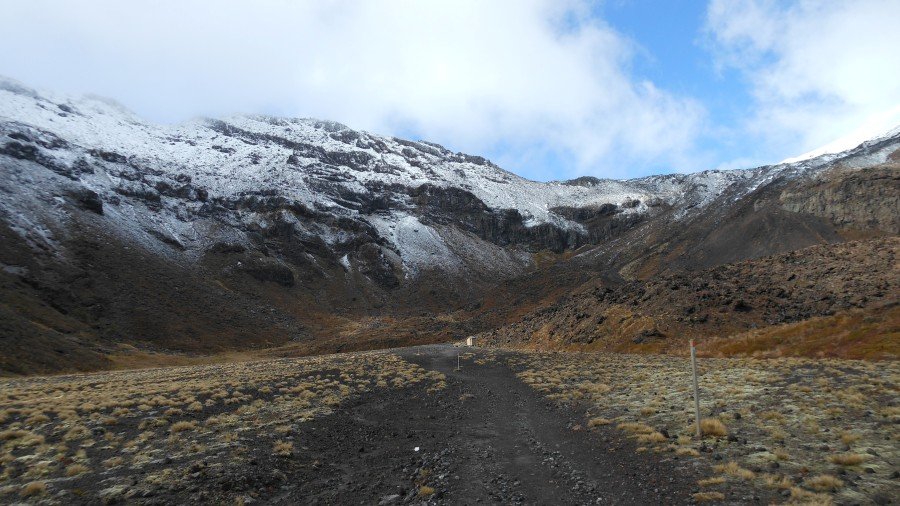
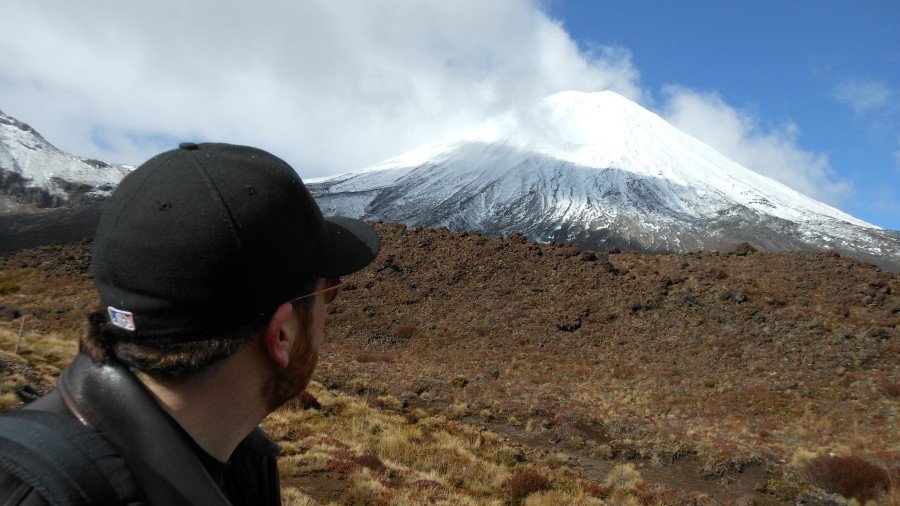
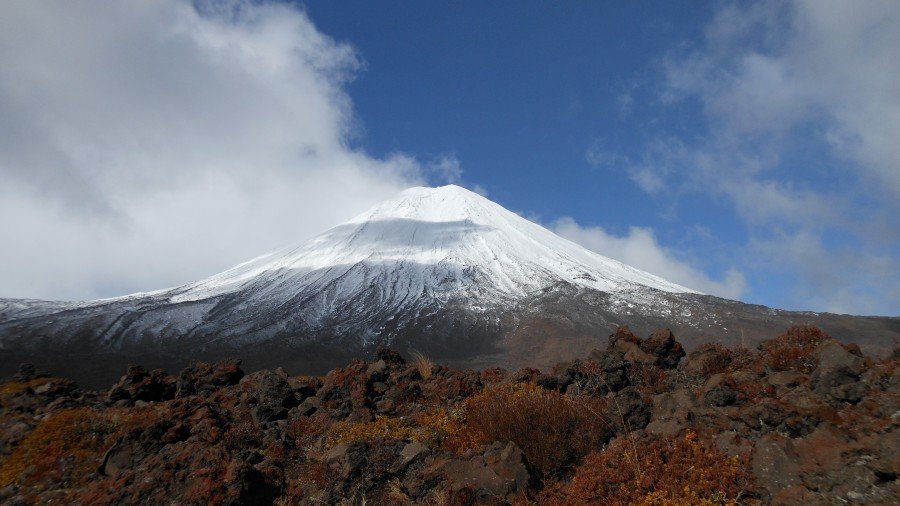
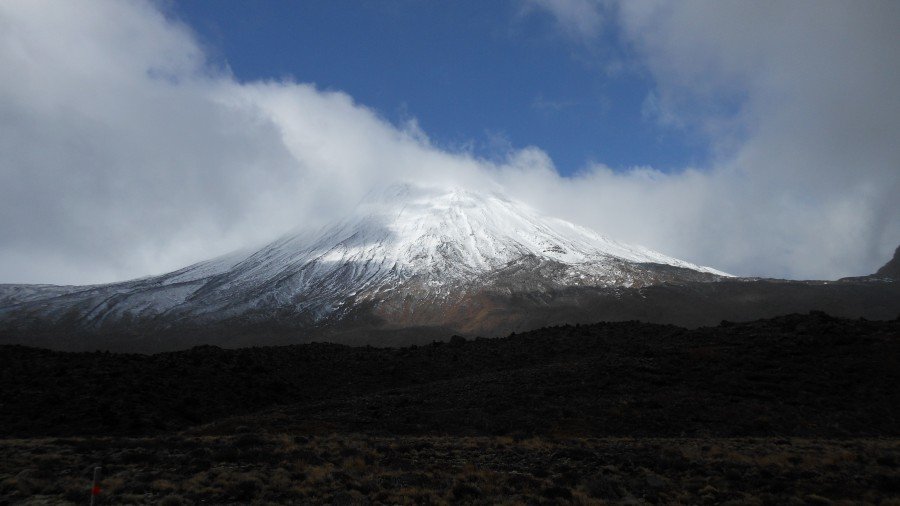
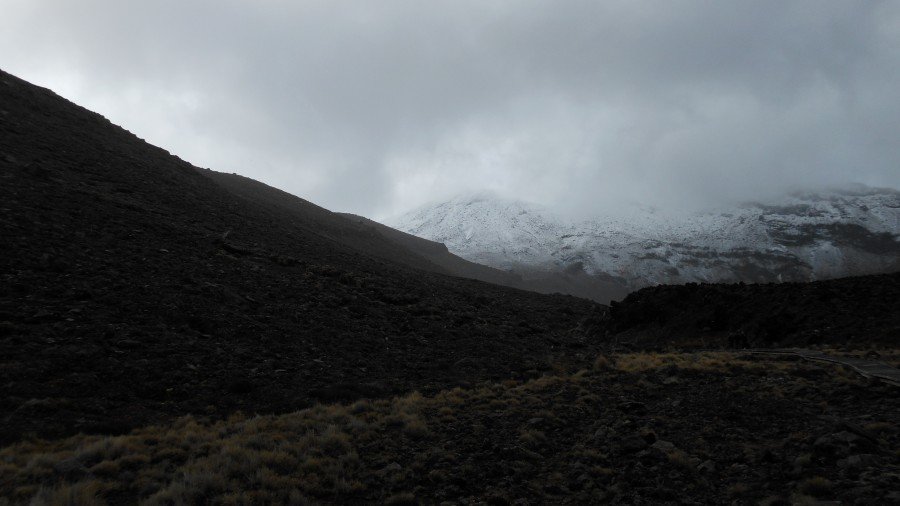
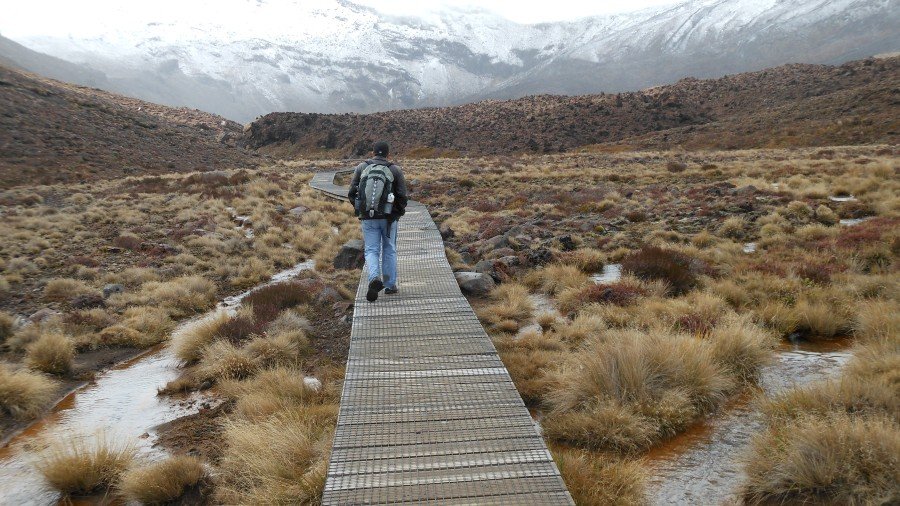
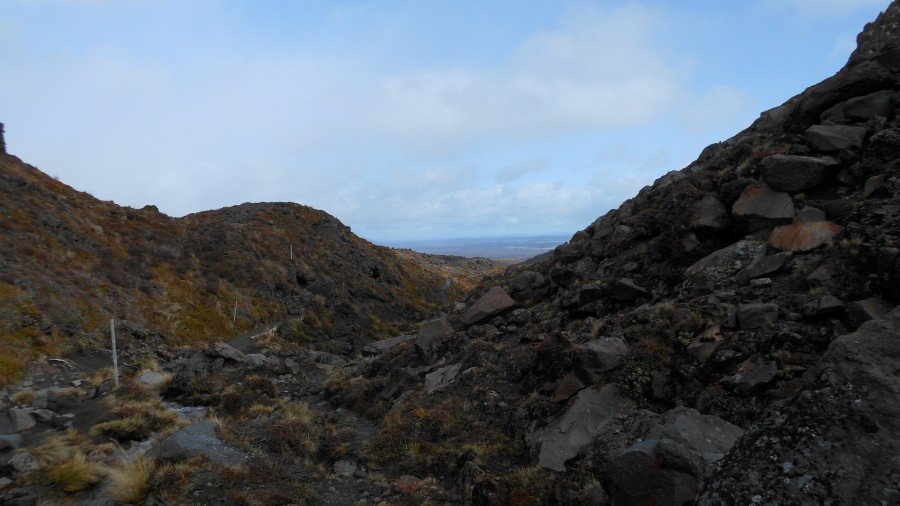
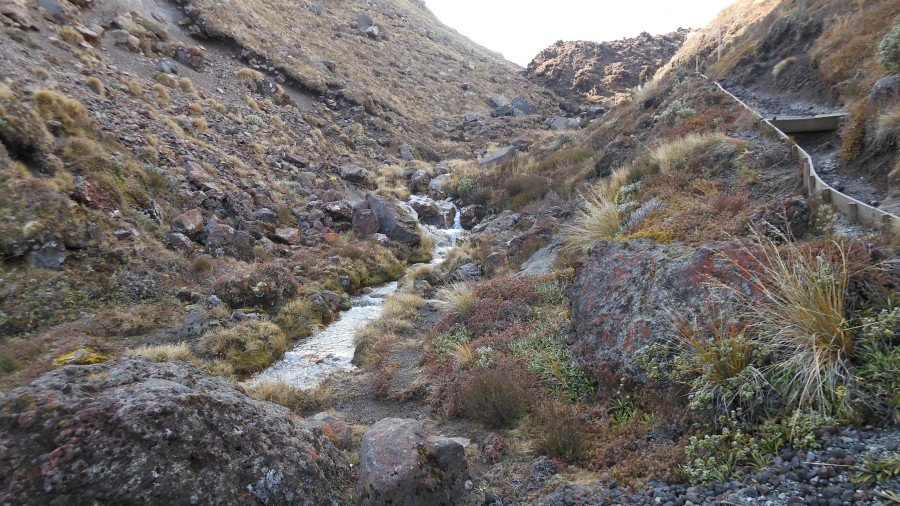
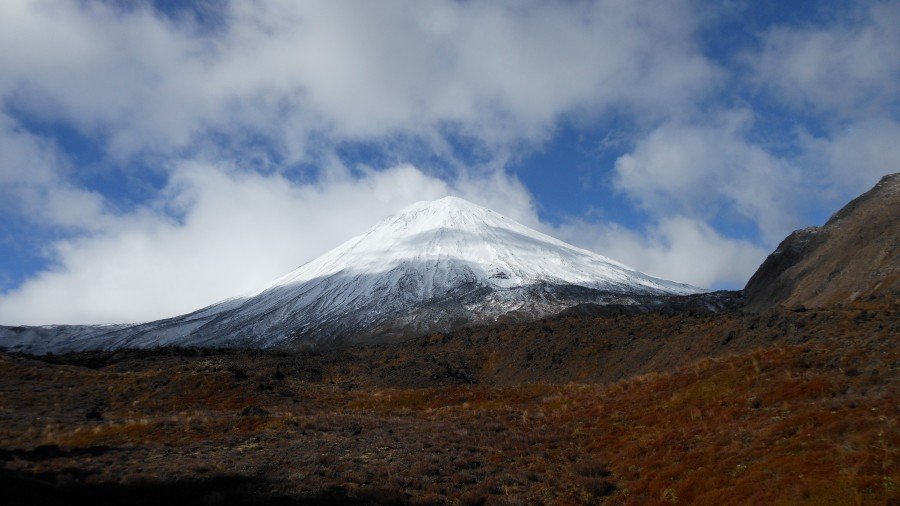
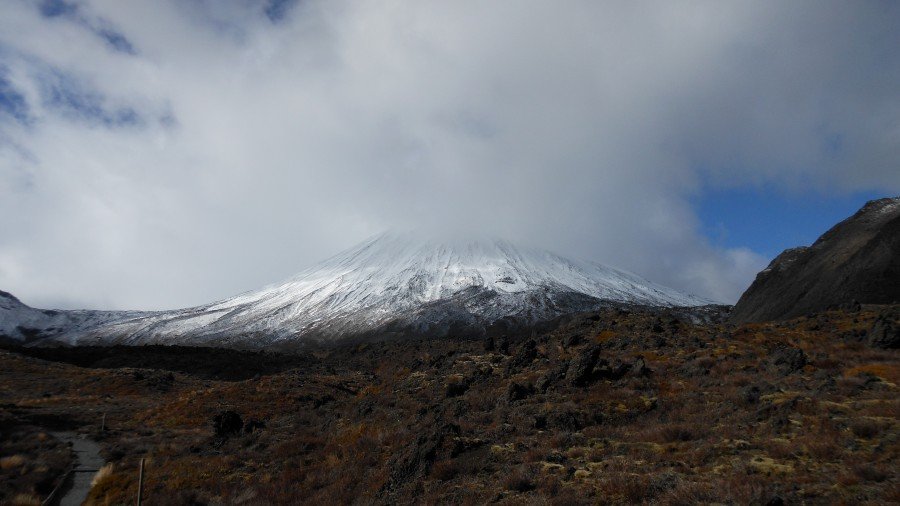
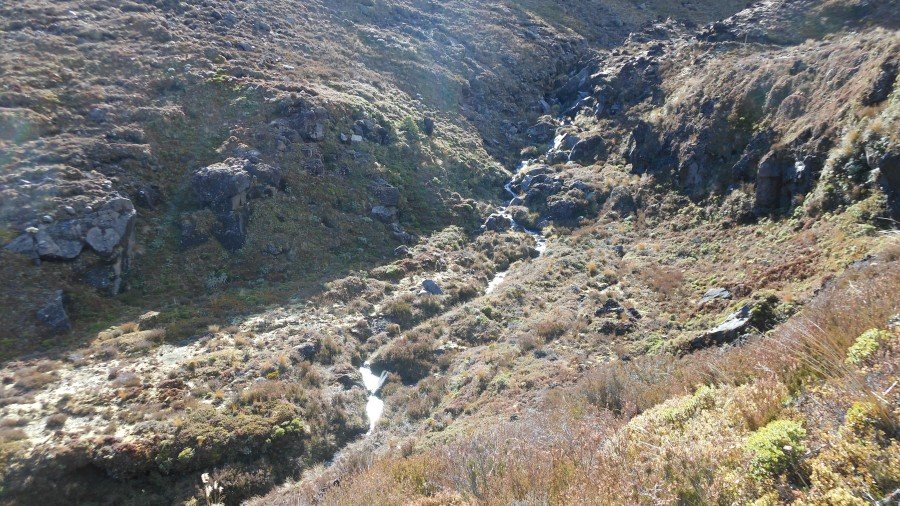
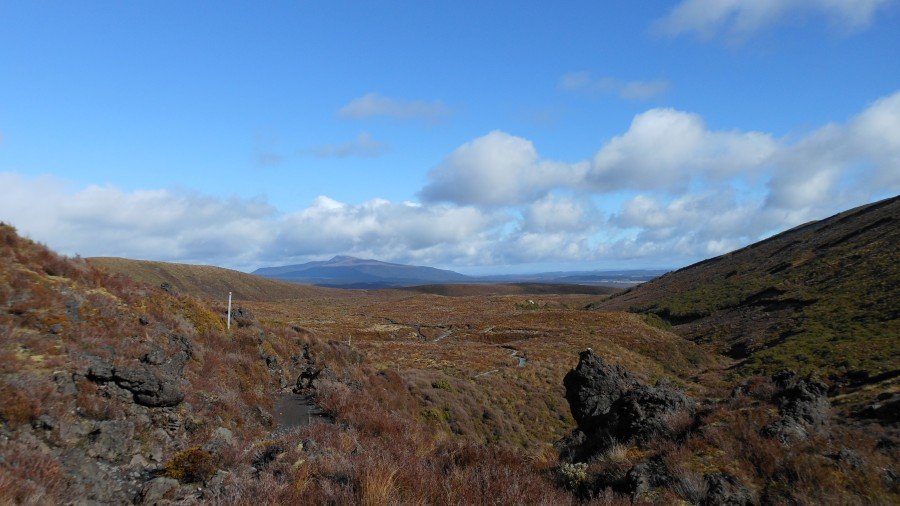
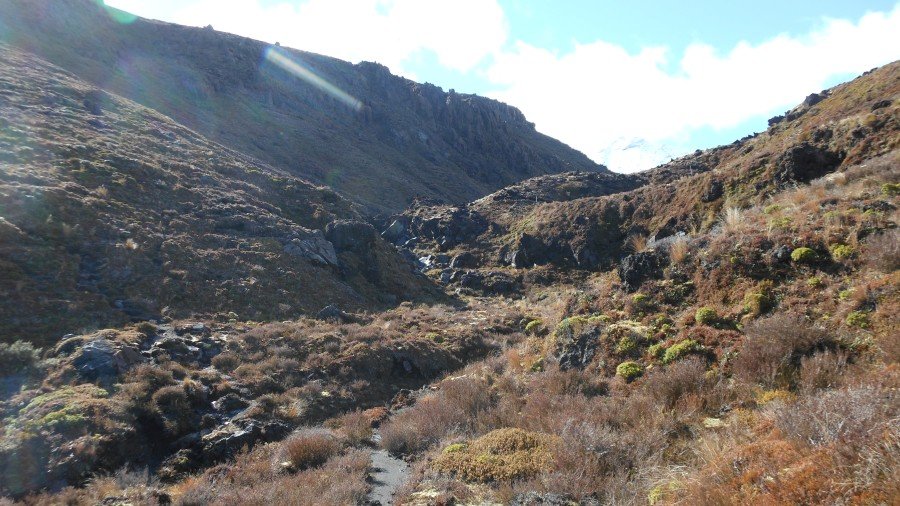
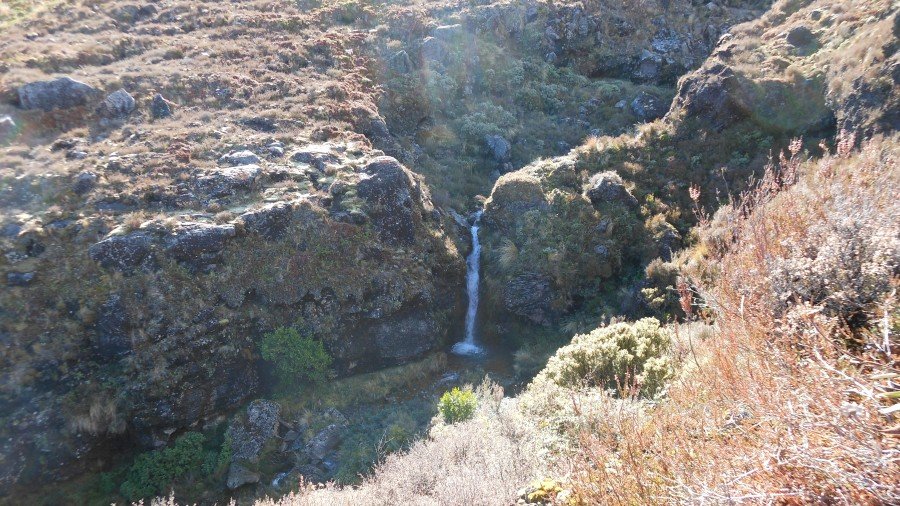
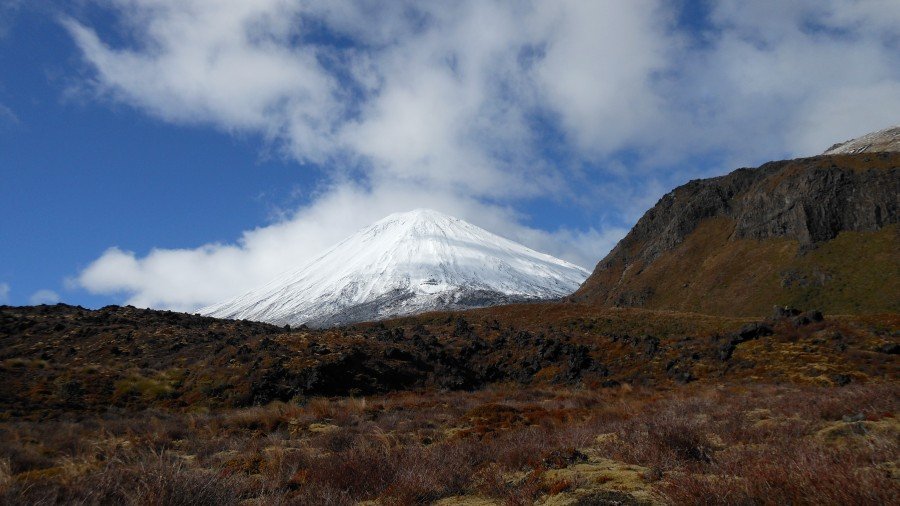
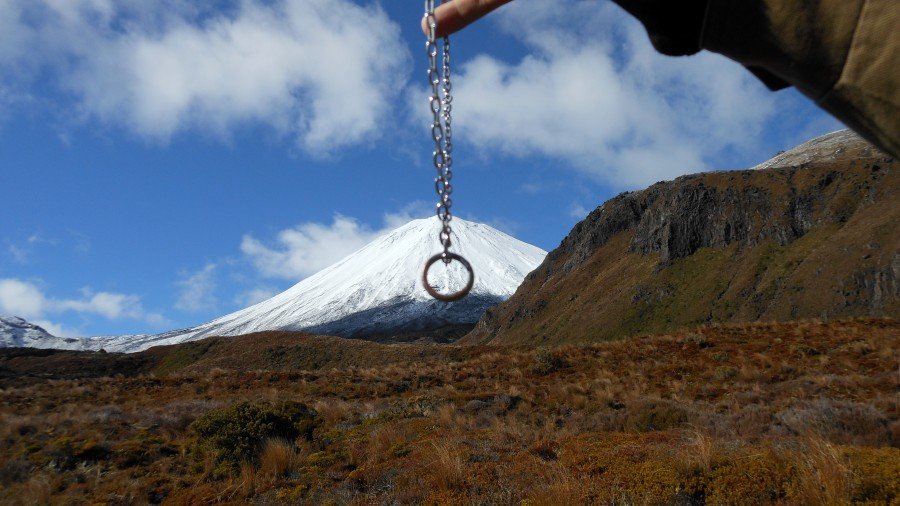
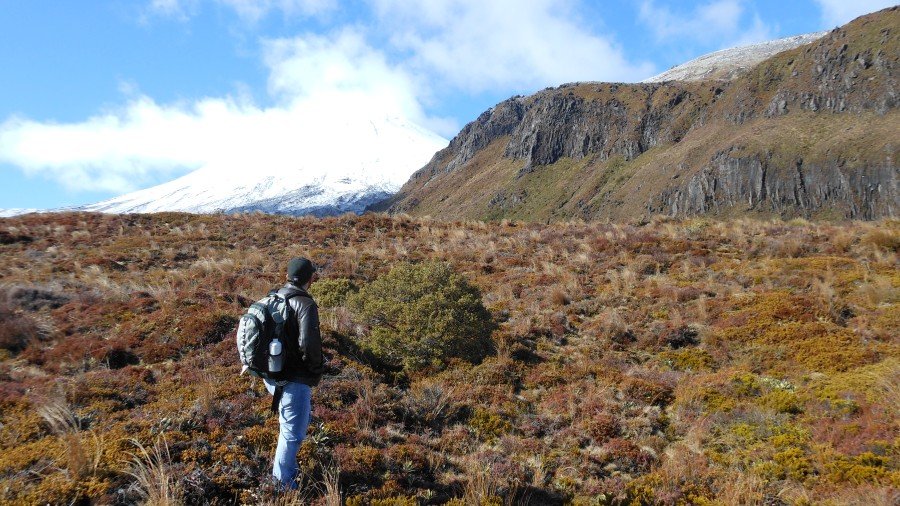
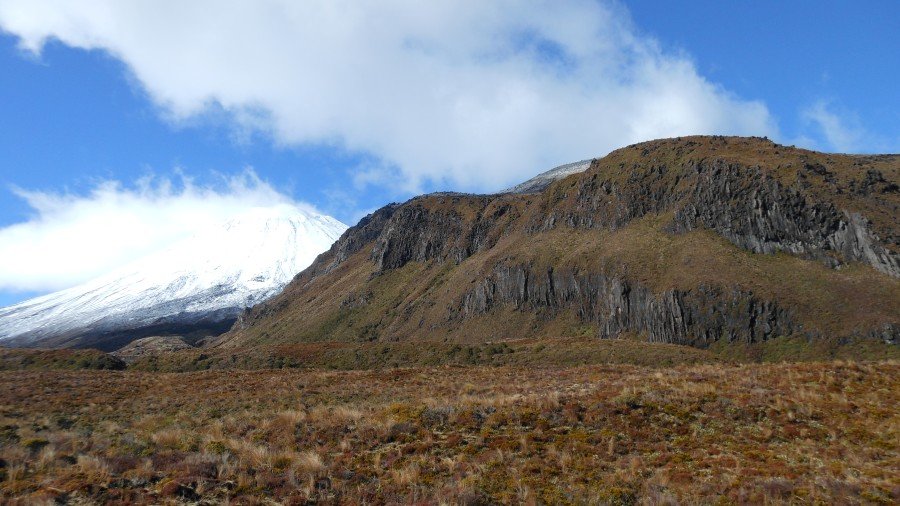
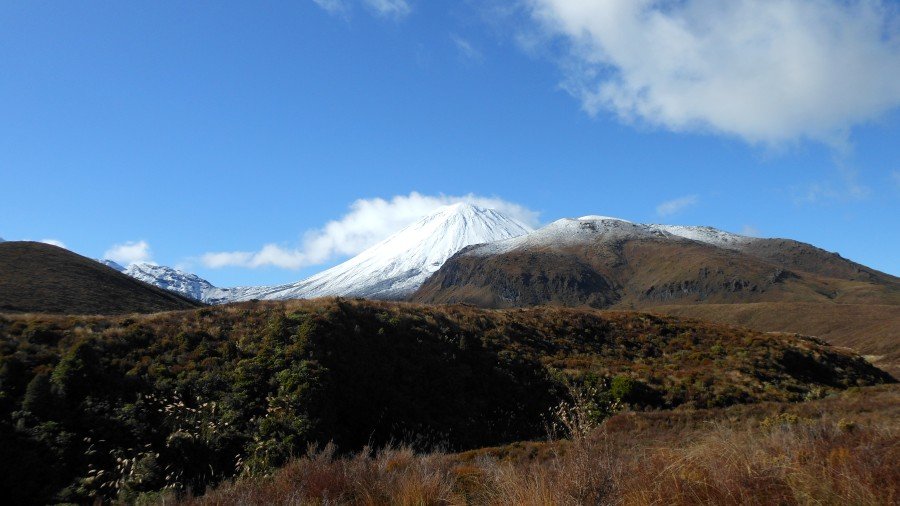


Eric Eisenberg is the Assistant Managing Editor at CinemaBlend. After graduating Boston University and earning a bachelor’s degree in journalism, he took a part-time job as a staff writer for CinemaBlend, and after six months was offered the opportunity to move to Los Angeles and take on a newly created West Coast Editor position. Over a decade later, he's continuing to advance his interests and expertise. In addition to conducting filmmaker interviews and contributing to the news and feature content of the site, Eric also oversees the Movie Reviews section, writes the the weekend box office report (published Sundays), and is the site's resident Stephen King expert. He has two King-related columns.
